Woodstock kids: 10 Best Things to do With Kids Near Me Woodstock
Best Of: Where to Take the Kids
artistree community arts center
A nonprofit committed to making creative expression accessible to the community, ArtisTree’s Purple Crayon programs provide the perfect art and music center for children.
From Music Together and acrobat classes to family clay days, Artistree is a great place to look for art inspired workshops with the kids, as well as seasonal classes that will foster your little one’s creative side.
They also have an outdoor playground equipped with swing set, a life-size wood tractor, sandbox and picnic table – perfect for a run around post class and a quick snack before heading off for the rest of the day. In the colder winter months, their indoor play room filled with books, dress up cloths and toys, is the perfect place to let the little ones’ imaginations run wild with their new found friends.
Summer program registrations are now open. They partner with VINS and Marsh-Billings- Rockefeller National Historical Park on outdoor adventures that your young one’s won’t want to miss. Visit their website to find summer classes, workshops and after school programs for the kids.
billings farm & museum
Always a favorite stop for the kids, Billings Farm & Museum offers a look into the historic Billings Farm and the character and heritage of a rural Vermont farm. It is owned and operated by The Woodstock Foundation, Inc, a nonprofit educational institution founded by Laurance and Mary Rockefeller in 1968.
With over 70 Jersey cows (and an average of 35 milking at any given time), 5 draft horses, and a flock of Southdown sheep, your kids will get to experience a small dairy farm first hand. They can visit the milking barn, home to the farms Jersey herd, and during the warmer months they can run along the pastures where they will find the farm’s sheep and horses grazing. Open 10 am – 5 pm, this is the perfect place to spend a morning or afternoon with any animal loving kids.
The farm also offers programs and special activities, such as An Introduction to Milking, Up Close with a Jersey Cow and Meet Our Sheep.
Bonus: The Dairy Bar on the property is open April through October and offers Vermont made Wilcox ice cream along with milk, healthy snacks, seasonal drinks, and a Farm Picnic featuring Billings Farm Cheddar, crackers and fruit. So after a run around the property and a visit with the animals, treat the kids to something sweet.
Billings Farm & Museum also offers two week long summer camps for kids ages 8 – 12 years old. Have a little one interested in animals and becoming a farmer? Take a look at their summer programs, which run Monday – Friday from 9 am – 3 pm.
montshire museum of science
This hands-on museum located in Norwich, Vermont with more than 150 exhibits relating to the natural and physical sciences, ecology and technology is only a 30 minute drive from the center of Woodstock. At Montshire, there is truly something for every age and plenty to do both indoors and outdoors, making it a great stop in any kind of weather.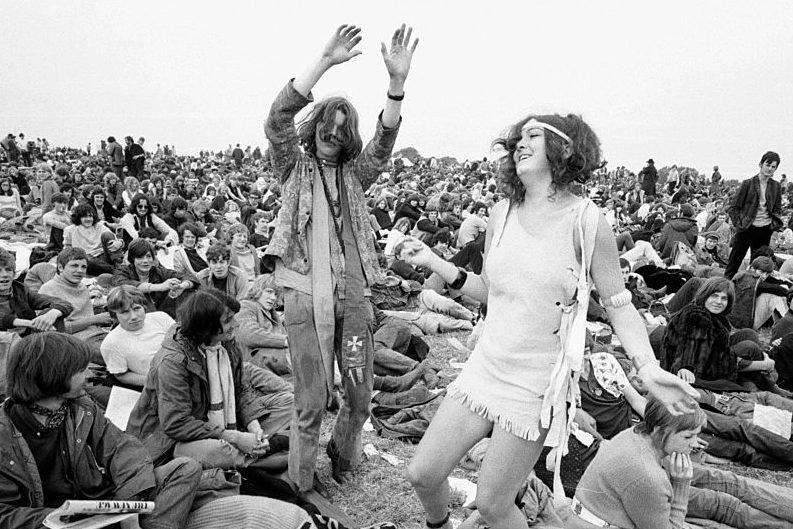
For the little tykes, check out Andy’s Place, which is a special area inside for those 5 and under visitors. Devoted to exhibits for preschool aged explorers, your little one will find unique sound, visual and tactile exhibits and a special aquarium area. Within the space, areas focus on air and movement, kinetic energy, light and sight, puzzles, matching games, interlocking shapes and color mixing.
The most recent exhibit addition, Air Works, examines the properties of air and explores the science behind controlling and using this invisible substance in our everyday lives. Designed to help flex those engineering muscles, as well as strengthen the understanding of core scientific concepts, kids can enjoy sending objects through a two story, three-dimensional maze by controlling the flow of air from one location to another, or experiment with air lift by testing items of varying materials and weights on a hover table. There is also a paper airplane station. Need we say more?
Visiting on during the warmer months? With 100 – acres, there is plenty to explore with the kids across the varied landscape including a dozen exhibits in the David Goudy Science Park, within the Woodland Garden and along the trails.
In addition to their indoor and outdoor exhibits, Montshire has daily events and programs throughout the month. Check their daily calendar to see what’s scheduled for the upcoming month.
Vermont institute of natural science (vins)
VINS is a nonprofit, environmental education, research and avian rehabilitation organization that has been around since 1972, but whose current location opened to the public in 2004. Located in Quechee, Vermont off Route 4 near the Quechee Gorge, it is an easy 10 minute drive from the center of town. Open year- round, the 47- acre campus features raptor enclosures, exhibit spaces, classrooms and interpretative nature trails, great for keeping kids of all ages busy for a couple hours.
Their mission is to motivate individuals to care for the natural environment through education, research and avian wildlife rehabilitation. They have 17 state of the art rapture enclosures that house hawks, eagles, falcons, owls and other birds of prey. The bald eagles and snowy owls have been recent highlights and definite kid favorites. The rapture enclosures, located outside, leave plenty of space for the kids to run around while checking out the birds.
The new Adventure Playscape located behind the nature store is great for the warmer weather months featuring natural wood and stone elements – kids can become a spider in a 16-foot web, mimic a woodchuck crawling through a 40-foot tunnel, transform into a squirrel to scramble up the climbing wall, or become a fox balancing on logs.
Family fun Scavenger hunts are also available – try the Nature Quest for a 45 minute adventure exploring Mother Nature or for a shorter bird centric one do the Raptor Scavenger Hunt.
Programs at VINS expand and rotate throughout the year, so be sure to check in on their calendar of events to see what’s happening before you head over.
To access more great content on our blog…
click here
Woodstock Festival Facts for Kids
Kids Encyclopedia Facts
Woodstock festival site with the stage
The Woodstock Music and Art Festival was a rock music festival at Max Yasgur’s 600 acre (2.4 km²) dairy farm in the town of Bethel, New York from 15–18 August 1969. It might be the most famous rock concert and festival ever held. For many, it showed the counterculture of the 1960s and the “hippie era”.
Many of the most famous musicians at the time showed up during the rainy weekend, as can be seen in a 1970 movie, Woodstock. Joni Mitchell’s song “Woodstock”, about the event, also became a major hit song for Crosby, Stills, Nash & Young. In recent years, a number of attempts were made to recreate it, but the original Woodstock festival of 1969 has proven to be legendary.
The festival was called “Woodstock”, because the investment group that backed the concert was called “Woodstock Ventures.
Although all the municipalities were told there would be no more than 50,000, the organizers thought they would get as many as 150,000, and by best counts, there were more than three times that number over the three days. Most did not pay to get in, and the festival lost money as a result. The roads to the concert were jammed with traffic. People left their cars and walked for miles to get to the concert area.
After two days of rain, there was deep mud in many places. There was almost no water for washing, and not enough toilets. Many of the concert-goers had brought small tents to sleep in; some of these turned into piles of cloth and mud. Even though this may not have been the most comfortable place, the crowd kept up kindness and good cheer among themselves. As the half-million people in the audience became aware of this, a warm feeling of friendship spread to everyone.
Some of the music stars of Woodstock were The Who and Jimi Hendrix. Because of arguments about getting paid, The Who did not play on the stage until about 4:00 in the morning. One part of The Who’s show was the song “See Me, Feel Me”, when the sun rose just as lead singer Roger Daltrey started to sing the chorus.
Jimi Hendrix had a big show with the songs he played, including a new version of “The Star Spangled Banner”. The song caused some disagreements, because the Vietnam War was going on, and the sounds that Hendrix made with his guitar were like the sounds of the violence of the war. Fans remember these two acts as some of the greatest in rock history, although both The Who and Hendrix thought of their performances as not the best.
Woodstock was put on by Michael Lang, Artie Kornfeld, John Roberts and Joel Rosenman. Roberts was the financer, backed by a trust fund; his friend Rosenman, a graduate of Yale Law, was an amateur guitarist.
In 1997, the concert place and 1,400 surrounding acres were bought by Alan Gerry, and have become the Bethel Woods Center for the Arts. It opened on July 1, 2006 with the New York Philharmonic playing. On August 13, 2006, Crosby Stills Nash & Young amazed 16,000 fans at the new Center—exactly 37 years after they played at Woodstock.
Images for kids
-
Max Yasgur’s dairy farm in 1968
-
Joe Cocker performs in front of huge lighting- and soundtowers
-
Magazine advertisement promoting the Woodstock Music & Art Fair’s “Aquarian Exposition,” to be held in Wallkill, NY.
-
Peace and Music Woodstock monument with plaques by sculptor Wayne C. Saward and erected in 1984 on the festival site. (Note that John Sebastian’s surname is misspelled as “Sabastian” and Bert Sommer’s name is missing)
-
Max Yasgur’s farm in 1999
-
Opening ceremony at Woodstock. Swami Satchidananda giving the opening speech
-
A rainy day (August 15, 1969)
-
Joe Cocker and the Grease Band performing at Woodstock
-
Photo taken near Woodstock on August 18, 1969
-
Richie Havens performing at Woodstock
-
Tents and cars of spectators at Woodstock
See also
In Spanish: Festival de Woodstock para niños
All content from Kiddle encyclopedia articles (including the article images and facts) can be freely used under Attribution-ShareAlike license, unless stated otherwise.
Woodstock Festival Facts for Kids. Kiddle Encyclopedia.
The atmosphere of the festival in the photographs of the magazine “LIFE” – ROCK FM
The most famous rock festival “Woodstock”, which began on August 15, 1969 on one of the farms of the town of Bethel, New York, USA, gathered about half a million spectators, one and a half thousand from who were journalists.
Two photojournalists from LIFE magazine, John Dominis and Bill Eppridge, also came to the festival. And according to their photographs, you can restore in detail the spirit and atmosphere of the festival.
Woodstock Music & Art Fair (Woodstock Music & Art Fair, in other words, “Woodstock”) – one of the most famous rock festivals.
Held August 15-18, 1969 at a farm town in rural Bethel, New York, USA.
The number of visitors is about 500 thousand, including 1500 journalists.
This festival, which is one of the main symbols of the psychedelic era of the hippies, is often called the end of this very era and the beginning of the sexual revolution.
The Who, Jefferson Airplane, Janis Joplin, Creedence Clearwater Revival, Joan Baez, Jimi Hendrix, Grateful Dead, Ravi Shankar, Carlos Santana and many more have performed at the festival.
In his opening remarks, Max Yasgur, owner of the farm where the festival was held, said: “I’m a farmer, I don’t know how to speak in front of an audience, in front of such a large gathering of people like this. This is the largest group of people ever gathered in one place. <…> But other than that, the important thing that you proved to the world is that half a million children – and I call you children because I have children who are older than you – half a million young people can get together and have three days of fun and music, and nothing but fun and music, and God bless you for that!”
The festival was called “Woodstock” because it was originally planned to be held in the city of Woodstock (New York) in Ulster County, but the city did not have a suitable site for such an event, for fear that more than a million spectators would arrive.
The place was found in the town of Wallkill.
The event almost fell apart, but Sam Yasgur persuaded his father, Max, to allow the concert to be held at the family’s field in Sullivan County, about 40 miles southwest of Woodstock.
Although the show was planned for 200,000 visitors, more than 500,000 arrived, most of them without tickets.
The fact that a huge number of people passed without tickets hit hard on the wallet. Over the course of three days, more and more applicants drove up, drove up “weekend hippies” – a young middle class, mostly university and college students. Those who remained behind the fence were swinging the fences, sitting on the trees around, and the crowd threatened to simply demolish all the barriers. In order to prevent unrest, and simply for humanitarian reasons, the organizers decided to open a free entrance.
The highways towards the festival site were overcrowded.
People left their cars and walked several miles to get to the show.
Due to drug abuse, which was recorded with particular severity, 797 people suffered; two were not released. LSD tablets were sold right on the field for only a dollar, and most of the audience bought drugs, no matter the quality. At one point, a warning was even sounded from the stage: “Do not consume brown acid, good is only white.”
Most of the famous artists came to Woodstock. Only Led Zeppelin and Jethro Tull refused. The Moody Blues, Doors and Bob Dylan agreed, but for various reasons they did not make it. The Beatles were in the process of disintegration – McCartney refused, Lennon wanted to come with Yoko Ono, but he was refused.
During the festival, the organizers faced serious financial problems – they simply ran out of money. Representatives for Janis Joplin and some bands, including The Who and the Grateful Dead, said the musicians would not take the stage without prepayment. At one time, there was information among rock fans that the festival was allegedly free, symbolizing the “excellence of love, music and community”, but in reality everything was not at all so idealistic.
Group managers were persuaded to wait. The organizers turned to local banks, and one banker Charlie Prince agreed to meet halfway. He later said, “I thought what the half-million crowd would have done if I hadn’t found the money.”
Due to disagreements with the organizers over payment, The Who did not take the stage until 4 am.
One of The Who’s most memorable performances was “See Me, Feel Me”: the sun came up just as lead singer Roger Daltrey began to sing.
Also while on the band stage, political activist Abby Hoffman, taking advantage of a brief break in the performance, shouted into the microphone: “What, are we going to sit and listen to this shit while John Sinclair rots in prison?”, but was kicked off the stage by bandleader Pete Townsend.
At the end of the set, Townsend smashed his guitar on the stage and threw it into the crowd. This moment helped establish The Who as superstars and helped their album “Tommy” go multi-platinum.
Jimi Hendrix gave a huge payoff, including an alternate version of the Stars and Stripes. The song was something incredible, the Vietnam War was in full swing, and the sound effects that Hendrix played from the guitar evoked parallels with the sounds of violence and conflict.
In 1970, the documentary film Woodstock. Three Days of Peace and Music” won an Oscar in 1971.
Interestingly, one of the editors of this documentary was Martin Scorsese.
Subsequently, anniversary festivals were held to coincide with the anniversaries of the 1969 Woodstock festival: Woodstock-79, Woodstock-89, Woodstock-94 (25th anniversary), Woodstock-99.
The organization of recent festivals has been sharply criticized (high prices for drinks and food and the ban on bringing food, lack of proper medical care).
In mid-August 1969, no one knew that endless ranks of cultural scientists would later christen the Woodstock festival as one of the greatest moments in history that changed the image of modern culture.
See also:
Woodstock fees
About Woodstock in the Soviet press
Naked enthusiasm and music on grass. How Woodstock exposed controversy in the US
No festival in the history of popular music is remembered as often and with such envy for its participants as Woodstock. Surprisingly, it was precisely this largely random and utter action that turned into a cornerstone myth, a symbol of the time and the most spiritualized portrait of the “flower children”. And even half a century later, Woodstock is a blissful dream and heaven on earth for those who are not indifferent to the ideas of peace and freedom. He is the cherished dream of adherents of legalization, nudist beaches, body positivity, yoga, crowdfunding and free relationships.
Woodstock Festival, 1994
© Reuters
Surprisingly, because hippie music rallies did not start at Woodstock, but two years earlier; because the festival was in jeopardy until the last minute; because he was saved by everything that the organizers struggled with in many ways; because the grand show could end in disaster. “Woodstock” has become a thing in itself, a precedent that cannot be repeated, a starting point to nowhere.
It is noteworthy that the authors of the classic documentary “Woodstock: Three Days of Peace and Music” were the first to intuitively understand this (1970), who assembled a poignant three-hour monument to an era from kilometers of film. Under the roar of guitars and the roar of drums, a politically conscious and critical community of young people emerged before the eyes of the audience. Those who are tired of Vietnam and the way of the old world. The ones who, following Dylan, felt that times were changing.
Rock ‘n’ roll and sacred cows
Four people were at the helm of the main festival of the century: two young and rich businessmen who did not know what to do with superprofits, and two ambitious promoters with connections in the rock scene. They saw Woodstock as an excellent investment without unnecessary hassle and risk: guitar music of all stripes was on the rise, festivals of “psychedelic pop” drew tens of thousands of people. It only remained to find a suitable platform and convene the stars.
In theory, everything looked clear and predictable: according to this scenario, all combined concerts of those years were held. It was this, paradoxically, that became the first problem of the unfortunate organizers – venues and major artists capable of gathering tens of thousands of people failed over and over again near the festival.
Read also
Media: Anniversary Woodstock canceled in the USA
Realtors, local authorities and residents of nearby towns in New York State have been sorting out relations with the organizers of Woodstock for months. The first venue failed almost immediately (but gave the festival its name), the second, a 120-hectare park in the outback of Wallkill, three months later, when about a million dollars had already been invested in the project. Five weeks before the festival, the four helmsmen were forced to start from scratch. The artists fled even further: The Doors, The Byrds, Led Zeppelin, Frank Zappa and a dozen other first-tier musicians, including The Beatles and Bob Dylan, were out of reach. The first serious production of the organizers was Creedence Clearwater Revival.
The Jewish farmer-tycoon Max Yasgur unexpectedly came to the aid of the show in distress, giving away his own field for the concert, where until recently cows were grazing. The platform resembling a bowl was, according to eyewitnesses, “a perfect natural amphitheater” and could easily accommodate 50,000 people.
Participants of the Woodstock Festival, 1969
© AP Photo
The coolest weekend
“The mob is swirling, the gaze of countless eyes is burning with unaccountable delight,” the Decembrist poet Alexander Odoevsky wrote as if about “Woodstock”. The first groups of spectators (some on foot, some on motorcycles and cars, some in trucks and trailers) began to flock to the lands of Yasgur a week before the start of the festival. Heavy rain and narrow access roads, by no means designed for such a large number of people, did their job: kilometer-long traffic jams paralyzed traffic in the neighboring town of Bethel and got into federal news releases.
Meanwhile, there was still no stage on the site and no fence around the field. Security, food, dry closets, medical care remained in question – in a word, all the necessary infrastructure.
Due to the unfinished fence, the festival, for which tickets were actively sold, turned into a free one the night before the opening: there was no entrance and ticket control anyway. 200 thousand people who arrived on the field unexpectedly for the organizers blocked the way not only for future guests, but also for musicians. The headliners had to be delivered by air. The situation was about to spiral out of control. The state governor warned that he was ready to ask the president to send troops to Woodstock. Newspapers were full of headlines about the “Babylonian pandemonium of hippies.”
See also
Save an ordinary rapper. How Trump is trying to get A$AP Rocky out of a Swedish prison
By some miracle, in conditions of medieval unsanitary conditions, lack of water, food and means of communication, a crowd of half a million managed to avoid violence and delinquency.
“Woodstock” turned into a real living organism, an hourly growing city – even without the authorities, police and bureaucracy. What was in their place? Naked enthusiasm, mutual respect and sympathy as the antithesis of war and violence. And, of course, dreams come true of 24/7 free love and illegal substances. Boys and girls washed together in the pond, prepared breakfast for each other, and listened to their favorite music during the day.
The authorities and the parents of yesterday’s teenagers learned about what was happening on the field from newspapers. They were at a loss: contrary to their expectations, half a million stoned hippies did not destroy each other.
Visitors at the Woodstock Festival, 1969
© Daniel Wolf/The Boston Globe via Getty Images
The Dark Side of Woodstock
Still, Woodstock had its dark side. It’s not just about the compromises that freedom-loving and independent organizers had to make, who were left in a deep red after the festival. The real Woodstock turned out to be much more controversial than is commonly believed on at least three issues.
The first is antimilitarism. No matter how much the US military leadership was criticized by the festival participants, it was the help of the army aircraft that made the festival possible. At a critical moment, when minutes were counting, helicopters delivered artists and medicines to the field.
Jimi Hendrix at Woodstock, 1969
© Reuters/MPTV
The second is ecology. The pastoral and almost the Garden of Eden that remained in the photo, not far from the stage, should not be misleading. After the festival, mountains of rubbish, dirty sleeping bags and tons of cigarette butts were left on the site. If the “children of flowers” thought about nature, then at best a couple of days.
The third is the counterculture. The successes of independent promoters, who bypassed the establishment by organizing the biggest concert of their time, dissolved the following year. Cultural officials seized the initiative and closed all processes on themselves: from now on, the biggest festivals were held with the support of local administrations and generated tourist traffic.
Later multinational corporations and big brands were added. Now their names hang over every large venue and are visible almost better than the faces of the musicians on huge projectors.
The end of a beautiful era
For the USSR, as well as for the rest of the world, “Woodstock” instantly became a legend. Local hippies and prophets of rock music equated it with any more or less noticeable outdoor concerts. “Soviet Woodstock” was called the festival in Tbilisi at 1980, in Podolsk – in 1987, in the Moscow “Luzhniki” – in 1989, at the airfield in Tushino – in 1991.
Moscow Music Peace Festival in Moscow, 1989
© Nikolay Berketov, Viktor Velikzhanin/TASS
“Woodstock” rightfully became a household name and launched a number of areas in the study of youth from the point of view of sociology and politics. Half a century later, it is clear that Woodstock was not so much the beginning of a new era as the end of an old world.








 Check their schedule for all upcoming daily activities and programs.
Check their schedule for all upcoming daily activities and programs. 
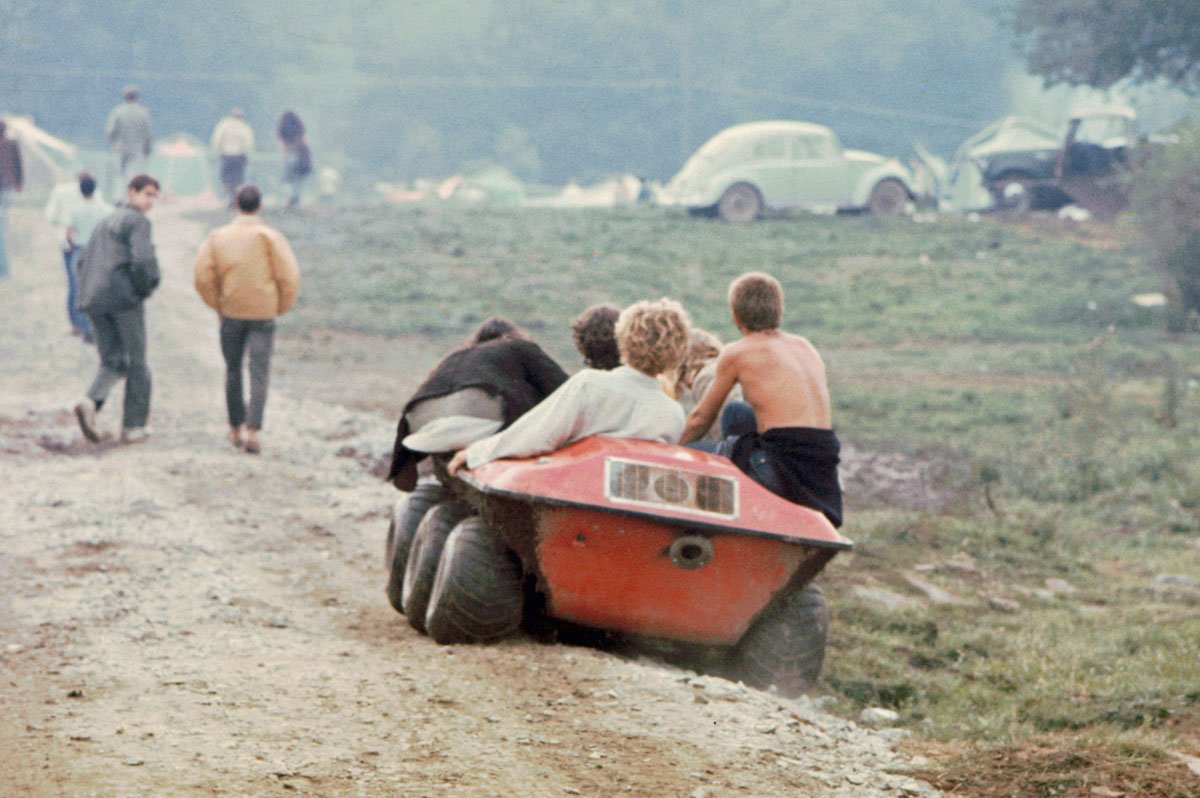 Highlights include a Wind Wall that changes color with the breeze, a musical fence created by artist Paul Matisse, and a walking tour of the solar system. And don’t miss out on the water exhibit on those hot summer days – the hands-on exploration of hydraulics is guaranteed to please any child. Learn more about Montshire’s outdoor offerings.
Highlights include a Wind Wall that changes color with the breeze, a musical fence created by artist Paul Matisse, and a walking tour of the solar system. And don’t miss out on the water exhibit on those hot summer days – the hands-on exploration of hydraulics is guaranteed to please any child. Learn more about Montshire’s outdoor offerings. 

 ”
”
 As a parent, rest assured your child is benefiting and advancing from the most innovative curriculum available.
As a parent, rest assured your child is benefiting and advancing from the most innovative curriculum available.

 This is the largest group of people ever gathered in one place. <…> But other than that, the important thing that you proved to the world is that half a million children – and I call you children because I have children who are older than you – half a million young people can get together and have three days of fun and music, and nothing but fun and music, and God bless you for that!”
This is the largest group of people ever gathered in one place. <…> But other than that, the important thing that you proved to the world is that half a million children – and I call you children because I have children who are older than you – half a million young people can get together and have three days of fun and music, and nothing but fun and music, and God bless you for that!” 
 ”
” 
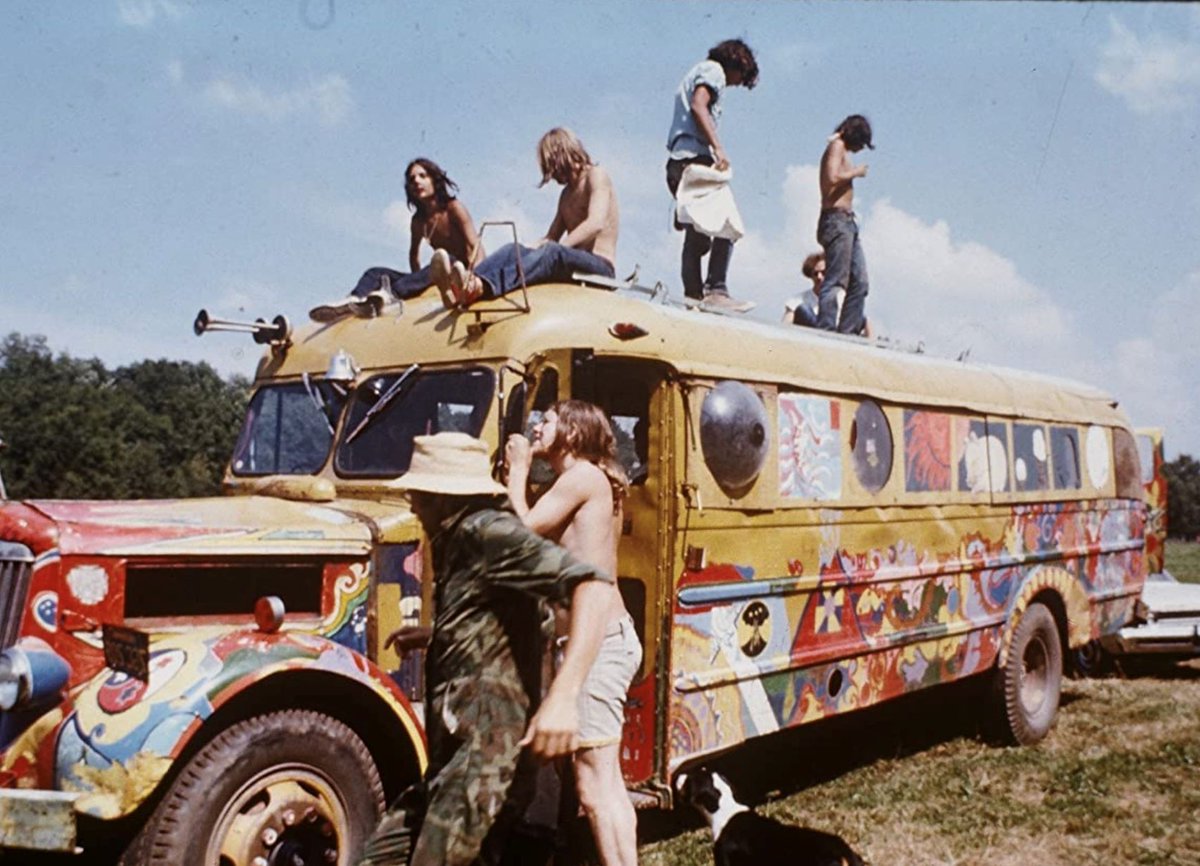

 “Woodstock” has become a thing in itself, a precedent that cannot be repeated, a starting point to nowhere.
“Woodstock” has become a thing in itself, a precedent that cannot be repeated, a starting point to nowhere.  They saw Woodstock as an excellent investment without unnecessary hassle and risk: guitar music of all stripes was on the rise, festivals of “psychedelic pop” drew tens of thousands of people. It only remained to find a suitable platform and convene the stars.
They saw Woodstock as an excellent investment without unnecessary hassle and risk: guitar music of all stripes was on the rise, festivals of “psychedelic pop” drew tens of thousands of people. It only remained to find a suitable platform and convene the stars. 
 Check out all of there camps and classes here.
Check out all of there camps and classes here. They can learn to program Minecraft animals and Star Wars droids, or code their own adventure with Frozen characters.
They can learn to program Minecraft animals and Star Wars droids, or code their own adventure with Frozen characters.

 The beauty of this engaging logic game is that you can forget it’s meant as an educational platform.
The beauty of this engaging logic game is that you can forget it’s meant as an educational platform.




 For a list of The Best Coding Resources for Kids, click here. There are also several offline ways you can teach kids how to code. Variety in activites, classes, camps and self-directed learning provides children with the opporutnities they need to explore the world of coding!
For a list of The Best Coding Resources for Kids, click here. There are also several offline ways you can teach kids how to code. Variety in activites, classes, camps and self-directed learning provides children with the opporutnities they need to explore the world of coding!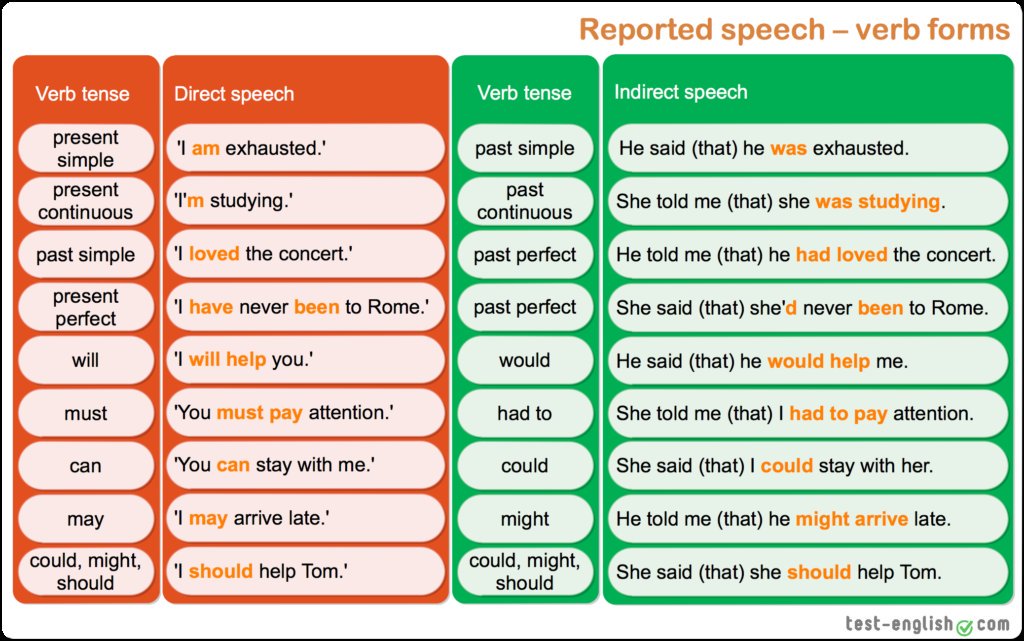


 The grant funded new content for PBS KIDS series such as The Cat in the Hat Knows a Lot About That! and Ready Jet Go! along with a new science version of the PBS KIDS for Parents Play & Learn app and innovative short form videos from The Ruff Ruffman Show. PBS KIDS also launched two Ready To Learn series: Molly of Denali, focused on informational text literacy, and Elinor Wonders Why, focused on scientific inquiry. CPB and PBS leveraged this content by developing personalized and adaptive learning experiences for children and supports for parents, caregivers and educators. Local PBS stations and community partners around the country used this content and related resources in the neighborhoods that need them most. Independent evaluations of the project’s major media properties demonstrated that children learn the targeted knowledge and skills from the presented content. Recent data from the CPB-PBS Ready To Learn Initiative indicates that 15 million children watch RTL-funded science television content, and 19 million children use STEM games and mobile apps.
The grant funded new content for PBS KIDS series such as The Cat in the Hat Knows a Lot About That! and Ready Jet Go! along with a new science version of the PBS KIDS for Parents Play & Learn app and innovative short form videos from The Ruff Ruffman Show. PBS KIDS also launched two Ready To Learn series: Molly of Denali, focused on informational text literacy, and Elinor Wonders Why, focused on scientific inquiry. CPB and PBS leveraged this content by developing personalized and adaptive learning experiences for children and supports for parents, caregivers and educators. Local PBS stations and community partners around the country used this content and related resources in the neighborhoods that need them most. Independent evaluations of the project’s major media properties demonstrated that children learn the targeted knowledge and skills from the presented content. Recent data from the CPB-PBS Ready To Learn Initiative indicates that 15 million children watch RTL-funded science television content, and 19 million children use STEM games and mobile apps. The Ready To Learn Initiative: Improving Children’s Science and Literacy Learning Through the Power of Public Media summarizes the accomplishments of the CPB-PBS Ready To Learn Initiative (2015-2020). Further information and links to content and research reports can be found on PBS LearningMedia.
The Ready To Learn Initiative: Improving Children’s Science and Literacy Learning Through the Power of Public Media summarizes the accomplishments of the CPB-PBS Ready To Learn Initiative (2015-2020). Further information and links to content and research reports can be found on PBS LearningMedia.
 Produced by Wind Dancer Films, the property introduces children ages 4-8 to new adventures of Jet Propulsion and his group of friends, who explore the solar system to learn about Earth and space science, and engineering and technology.
Produced by Wind Dancer Films, the property introduces children ages 4-8 to new adventures of Jet Propulsion and his group of friends, who explore the solar system to learn about Earth and space science, and engineering and technology. 

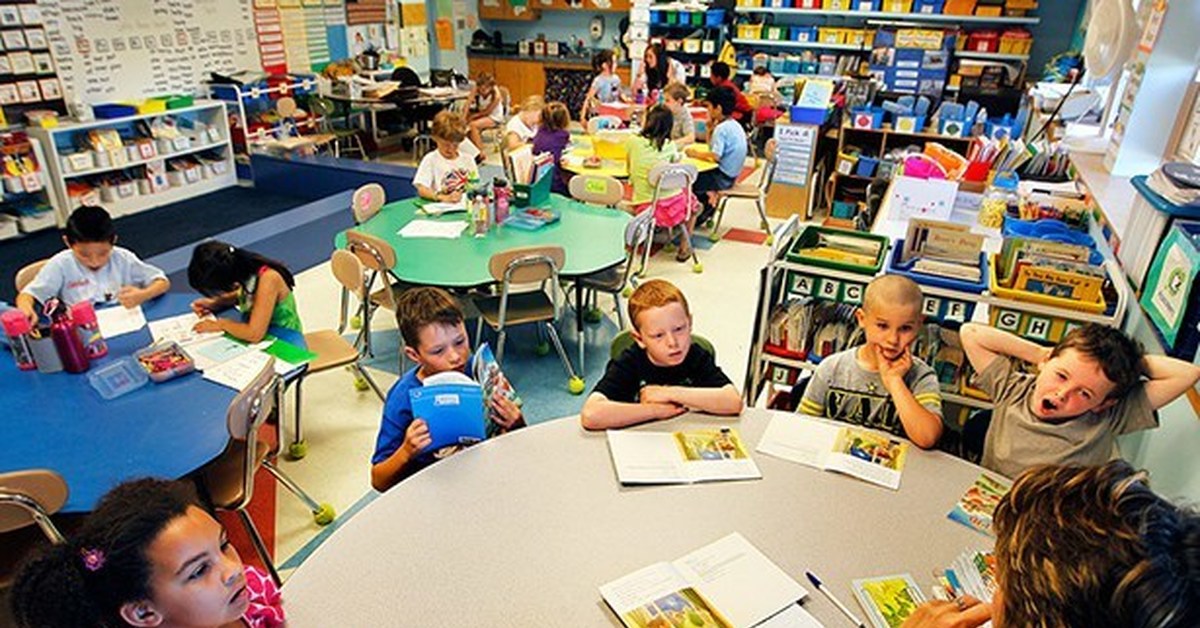

 Tools featured PBS KIDS Lab, the PBS KIDS Play and Learn app, RTL’s Mobile Learning Program, Teaching Tips modules and videos, as well as PBS KIDS Afterschool and Summer Adventures. and more.
Tools featured PBS KIDS Lab, the PBS KIDS Play and Learn app, RTL’s Mobile Learning Program, Teaching Tips modules and videos, as well as PBS KIDS Afterschool and Summer Adventures. and more.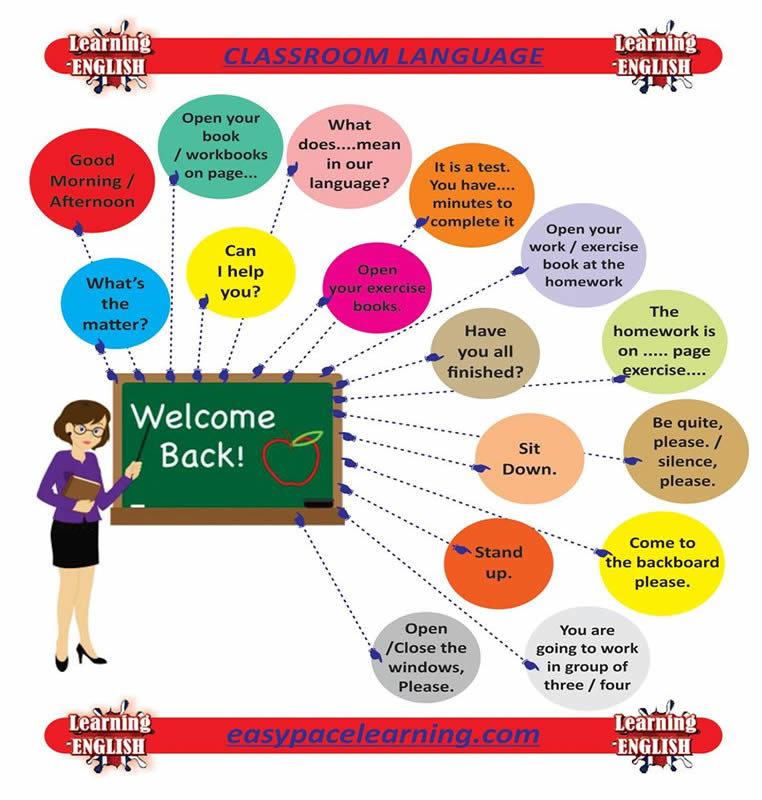 Parents and caregivers also showed greater comfort and confidence in supporting their children with math concepts and problem-solving strategies.
Parents and caregivers also showed greater comfort and confidence in supporting their children with math concepts and problem-solving strategies. 39MB)
39MB) We’ve rounded up 10 fun game apps for kids of all ages.
We’ve rounded up 10 fun game apps for kids of all ages. 
:max_bytes(150000):strip_icc()/kids-programming-languages-4125938-69b8922fd66d417f9b855767fc920549.png)
 Kodu is Microsoft’s visual programming game. With it, the child will not only learn programming and design, but also create a real 3D game that can be played on PC or Xbox.
Kodu is Microsoft’s visual programming game. With it, the child will not only learn programming and design, but also create a real 3D game that can be played on PC or Xbox. 


 You make this choice.
You make this choice. 
 You still won’t be able to fight it, it’s better to make the service your friend — install the YouTube Kids app or subscribe your child to informative, educational and extremely popular channels for children.
You still won’t be able to fight it, it’s better to make the service your friend — install the YouTube Kids app or subscribe your child to informative, educational and extremely popular channels for children. 


 Unusual and interesting crafts that develop various skills and help to have fun and useful time. There is online support, video tutorials and usage ideas.
Unusual and interesting crafts that develop various skills and help to have fun and useful time. There is online support, video tutorials and usage ideas. 
 Family is the most important thing in the world and you should make sure that your children are your first priority.
Family is the most important thing in the world and you should make sure that your children are your first priority.  While some day care centers are quite large and can provide better early childhood education, it is also more difficult for each child to receive personal attention. Day care centers that are based out of someone’s home are usually more personal and your child can receive more care and nurturing. Most parents want their children to be receiving love and affection, the care that they themselves would give them. They don’t want a day care business that is merely going to make sure that their child is still alive and adequately healthy.
While some day care centers are quite large and can provide better early childhood education, it is also more difficult for each child to receive personal attention. Day care centers that are based out of someone’s home are usually more personal and your child can receive more care and nurturing. Most parents want their children to be receiving love and affection, the care that they themselves would give them. They don’t want a day care business that is merely going to make sure that their child is still alive and adequately healthy. This can involve talking to the parents of the other children that use the child day care center to see what they think about it. You should also always check to make sure the child care service you are considering is legally licensed to operate in your state. Licensing officials check criminal records and ensure that the child care provider has emergency response training and a safe and healthy environment for the children.
This can involve talking to the parents of the other children that use the child day care center to see what they think about it. You should also always check to make sure the child care service you are considering is legally licensed to operate in your state. Licensing officials check criminal records and ensure that the child care provider has emergency response training and a safe and healthy environment for the children. 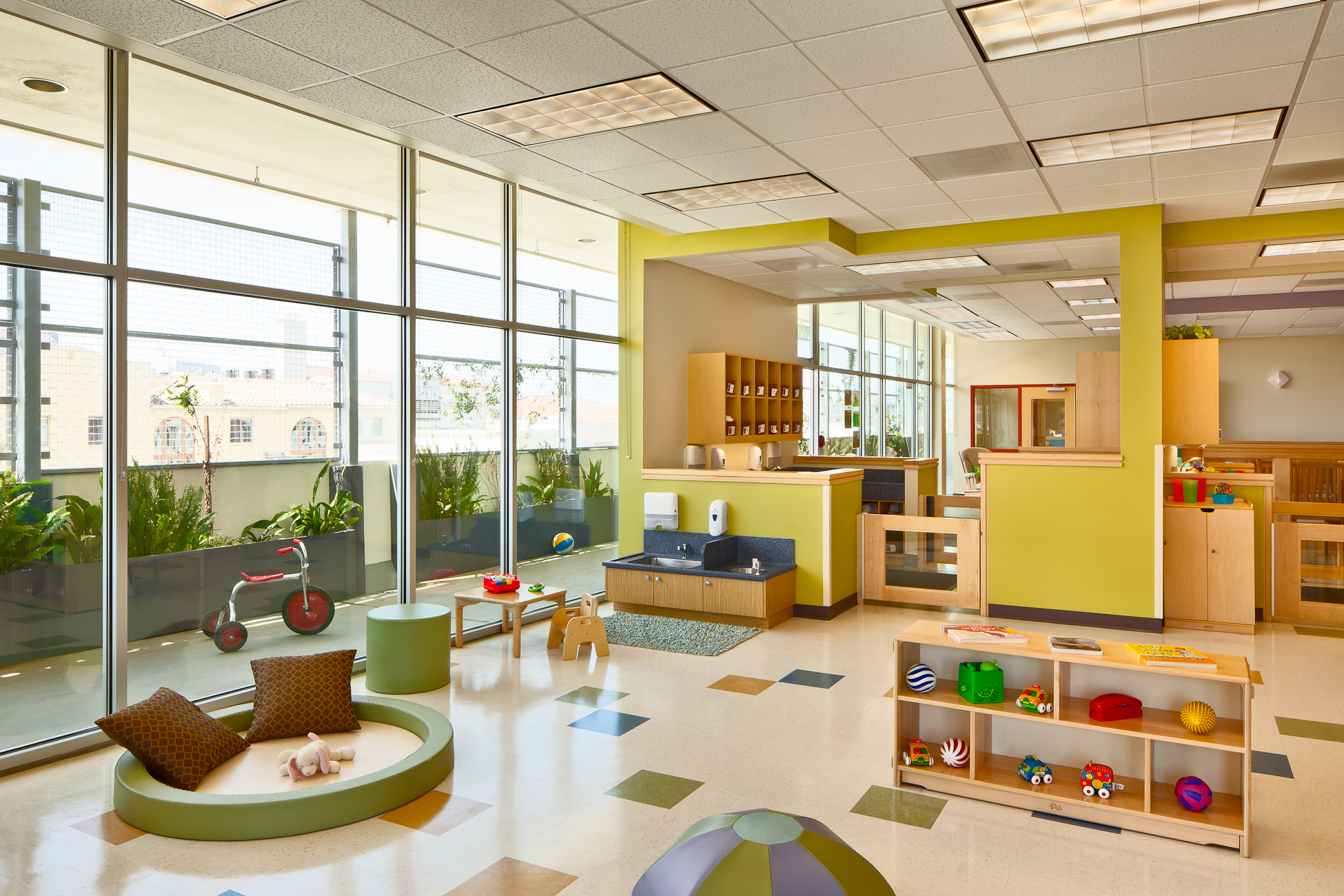 However, this also means that your child will not receive as much social interaction since he or she won’t have other children to play with like in a family day care center.
However, this also means that your child will not receive as much social interaction since he or she won’t have other children to play with like in a family day care center.  It is important for parents to not just consider the monetary impact of these choices but also the emotional, intellectual, and social future impacts the choice of a day care provider will have on their kids in the long term future. So let’s discuss some general tips to consider for the parent and the child to consider when one is looking to switch day care providers within a short time frame.
It is important for parents to not just consider the monetary impact of these choices but also the emotional, intellectual, and social future impacts the choice of a day care provider will have on their kids in the long term future. So let’s discuss some general tips to consider for the parent and the child to consider when one is looking to switch day care providers within a short time frame.
 Make your day care dollar stretch by reading all of the material and brochures and visiting every day center on your list until you find that perfect fit for your child. It’s out there; it is just waiting on you to find it!
Make your day care dollar stretch by reading all of the material and brochures and visiting every day center on your list until you find that perfect fit for your child. It’s out there; it is just waiting on you to find it! A parent can drop a child off as early as 7:00 a.m. and pick the child up as late as 6:00 p.m. This program is excellent for low-income workers with daytime weekday jobs. The cost is approximately $150 per month for before and after school. The weekly rate is approximately $37.50, which is extremely competitive.
A parent can drop a child off as early as 7:00 a.m. and pick the child up as late as 6:00 p.m. This program is excellent for low-income workers with daytime weekday jobs. The cost is approximately $150 per month for before and after school. The weekly rate is approximately $37.50, which is extremely competitive. People who are collecting TANF are automatically eligible to receive this assistance. Teenage parents who are working on obtaining their educations are also eligible for CCAP. Those who are not collecting TANF can still qualify if they are pursuing education that will improve their work skills and job opportunities. Parents can apply for CCAP assistance with the Department of Children & Family Services. The financial guidelines for qualification are along the lines of a $3,000 per month income threshold for a four-person family. The applicant must have proof of income, social security cards, birth certificates, and immunization records for all children. Application processing can take up to 30 days.
People who are collecting TANF are automatically eligible to receive this assistance. Teenage parents who are working on obtaining their educations are also eligible for CCAP. Those who are not collecting TANF can still qualify if they are pursuing education that will improve their work skills and job opportunities. Parents can apply for CCAP assistance with the Department of Children & Family Services. The financial guidelines for qualification are along the lines of a $3,000 per month income threshold for a four-person family. The applicant must have proof of income, social security cards, birth certificates, and immunization records for all children. Application processing can take up to 30 days. m. to 5 p.m. Teachers work with the children to fine-tune their social and developmental skills. Those who are interested in the program may apply online. Applicants go on a waitlist until there is an available slot in the program. It is best for an interested person to complete an application as quickly as possible since the wait may be extended.
m. to 5 p.m. Teachers work with the children to fine-tune their social and developmental skills. Those who are interested in the program may apply online. Applicants go on a waitlist until there is an available slot in the program. It is best for an interested person to complete an application as quickly as possible since the wait may be extended.
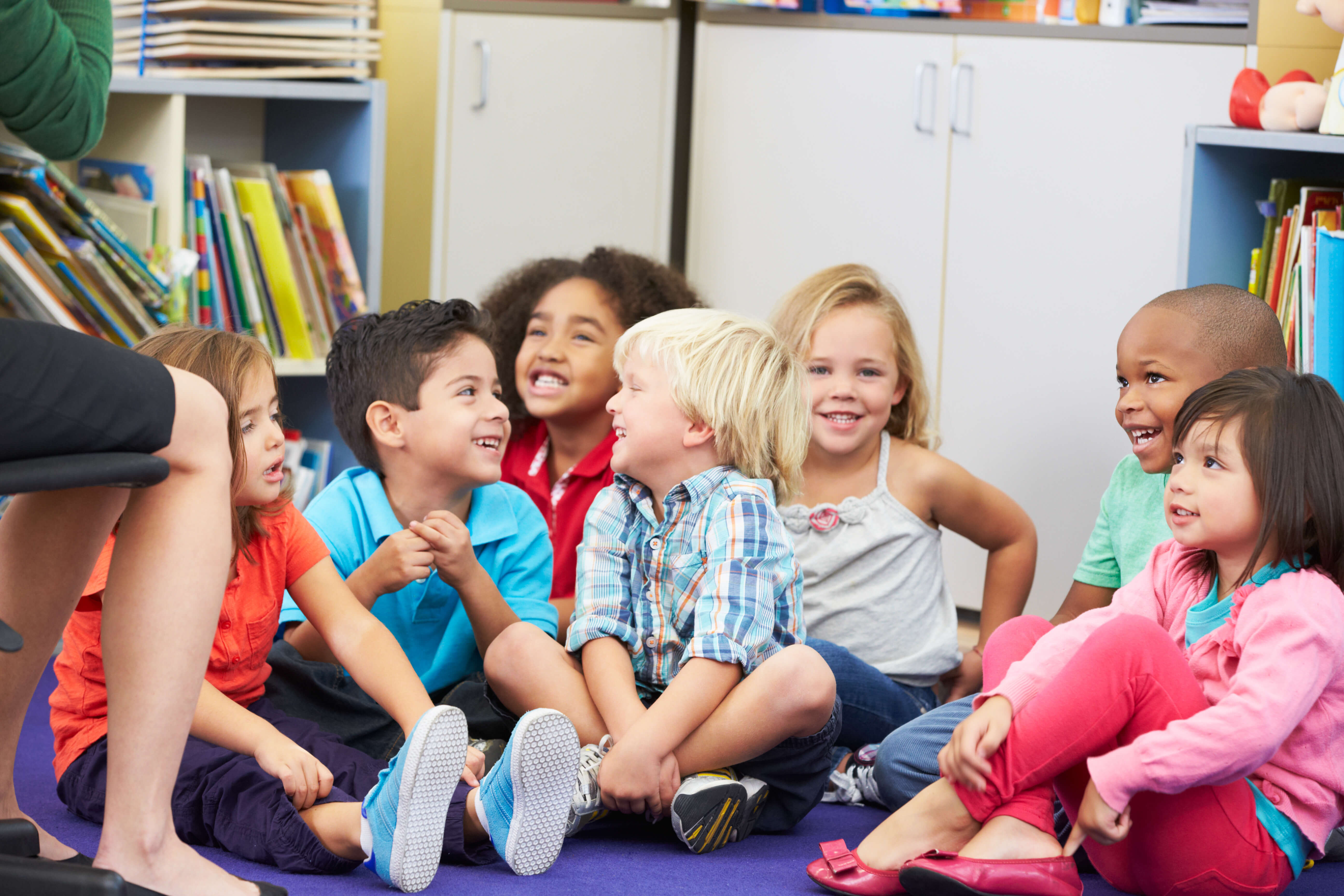




 – Although that house seemed to us a luxury: after the “christening” (the room where the baptism took place), we got our own room. And here is the whole building! Many thanks to Father Nicholas. It was his ardent desire to build a real school for the children. With God’s help, he did it.
– Although that house seemed to us a luxury: after the “christening” (the room where the baptism took place), we got our own room. And here is the whole building! Many thanks to Father Nicholas. It was his ardent desire to build a real school for the children. With God’s help, he did it. 
 They independently chose games and attributes for games, showed creativity and imagination, actively moved and enjoyed the opportunity to PLAY!
They independently chose games and attributes for games, showed creativity and imagination, actively moved and enjoyed the opportunity to PLAY! 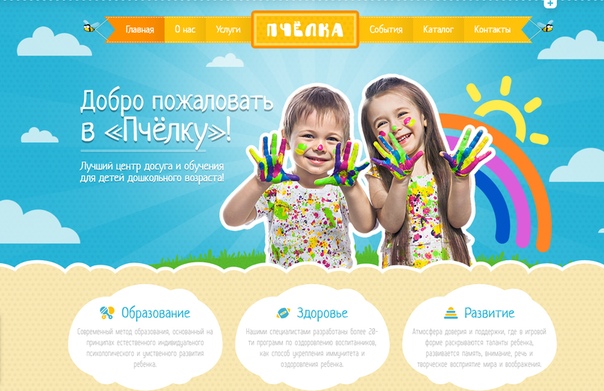 In our group, an environmental action “Blossoming Kindergarten” was held.
In our group, an environmental action “Blossoming Kindergarten” was held. 
 This wonderful holiday is associated with joyful children’s laughter, songs, balloons, gifts, fun. We had a fun party in our kindergarten. The children, together with mischievous clowns, performed their favorite dances, guessed riddles and played interesting games.
This wonderful holiday is associated with joyful children’s laughter, songs, balloons, gifts, fun. We had a fun party in our kindergarten. The children, together with mischievous clowns, performed their favorite dances, guessed riddles and played interesting games. 

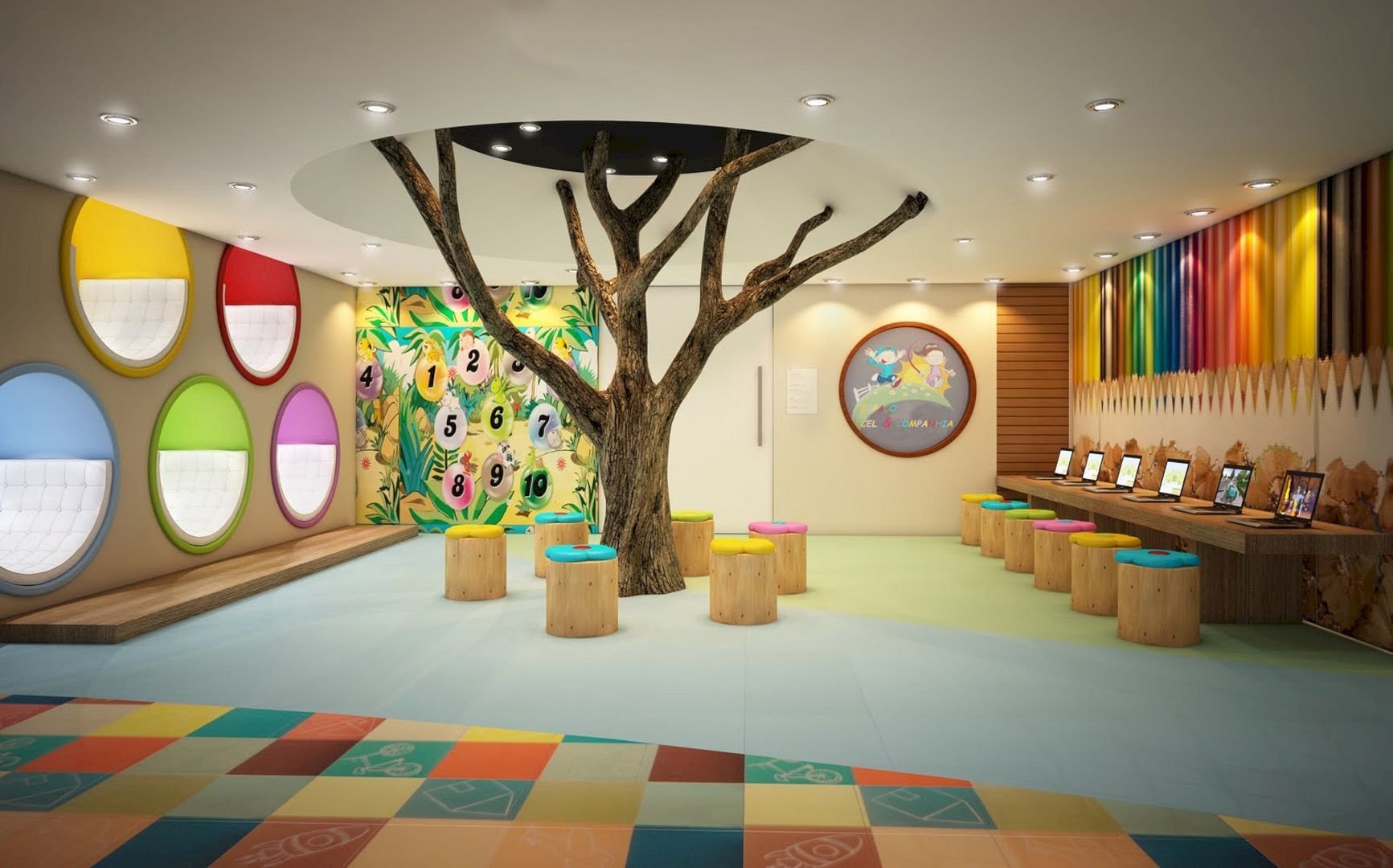 00 https://telemost.yandex.ru/j/18320801799523369269892373671794025617 to the remote parent meeting “So that trouble does not happen!” Dedicated to measures to prevent child injuries with the demonstration of thematic videos .
00 https://telemost.yandex.ru/j/18320801799523369269892373671794025617 to the remote parent meeting “So that trouble does not happen!” Dedicated to measures to prevent child injuries with the demonstration of thematic videos .  Millions of children around the world, due to the consequences of injuries, end up in a hospital bed, remain disabled for life or die.
Millions of children around the world, due to the consequences of injuries, end up in a hospital bed, remain disabled for life or die. 

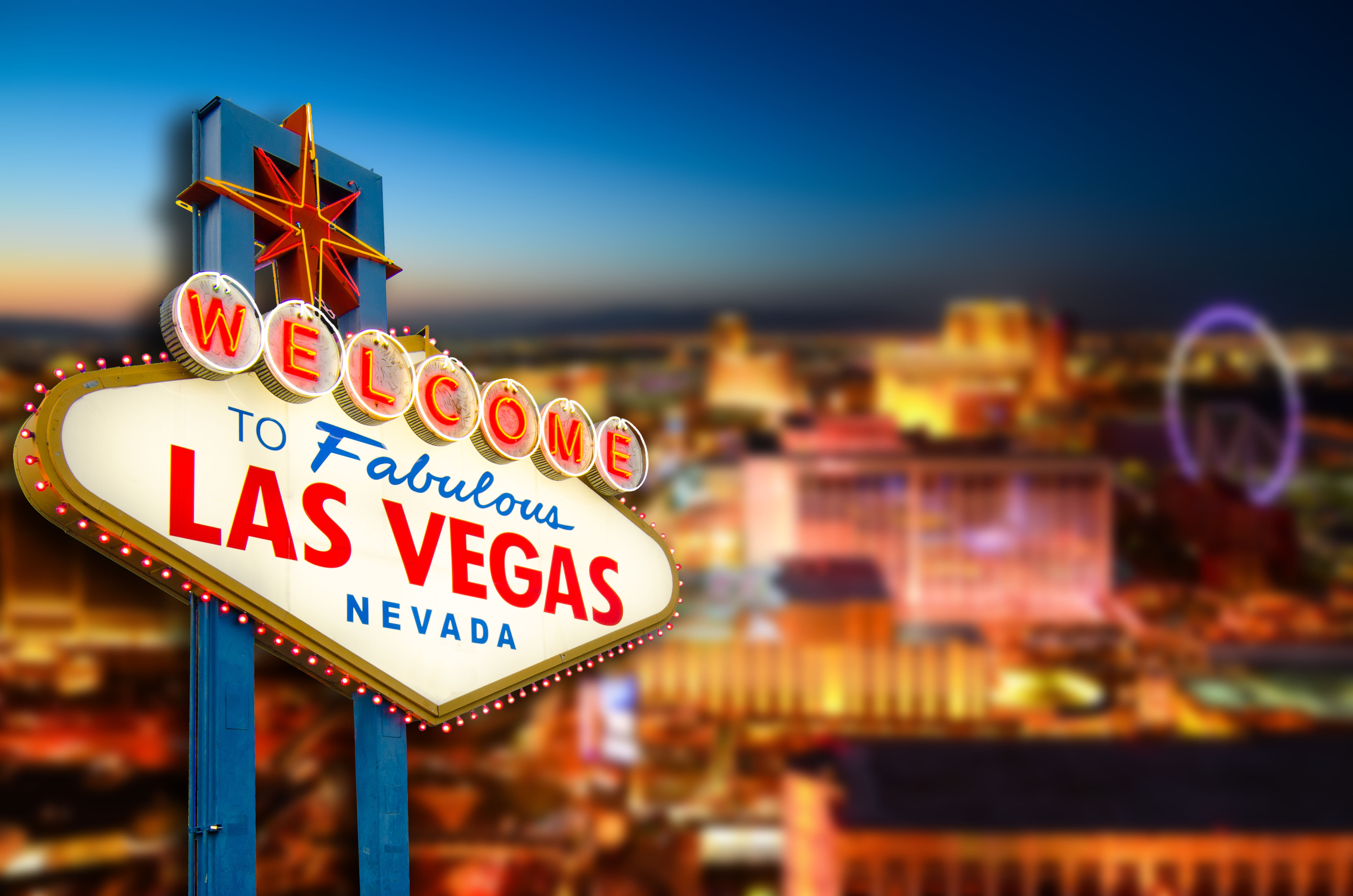 Get shot sky high and try to enjoy spectacular views of the Las Vegas Valley on the Big Shot. If you’re haven’t had enough, take some ’Gs – three to be exact – as Insanity spins you 900 feet in the air. After all this adventure, a nap may be in order.
Get shot sky high and try to enjoy spectacular views of the Las Vegas Valley on the Big Shot. If you’re haven’t had enough, take some ’Gs – three to be exact – as Insanity spins you 900 feet in the air. After all this adventure, a nap may be in order. 

 Here you’ll find a hub of fun and food for the whole family. Kids getting hangry? Grab a hot dog at Cheffini’s Hot Dogs or a slice at Pizza Zazza while the big kids get an adult beverage at Oak & Ivy. Treat the whole fam with a gelato sensation at Waffleato, and then let the kids burn off the sugar high in The Treehouse playground and 33-foot slide.
Here you’ll find a hub of fun and food for the whole family. Kids getting hangry? Grab a hot dog at Cheffini’s Hot Dogs or a slice at Pizza Zazza while the big kids get an adult beverage at Oak & Ivy. Treat the whole fam with a gelato sensation at Waffleato, and then let the kids burn off the sugar high in The Treehouse playground and 33-foot slide.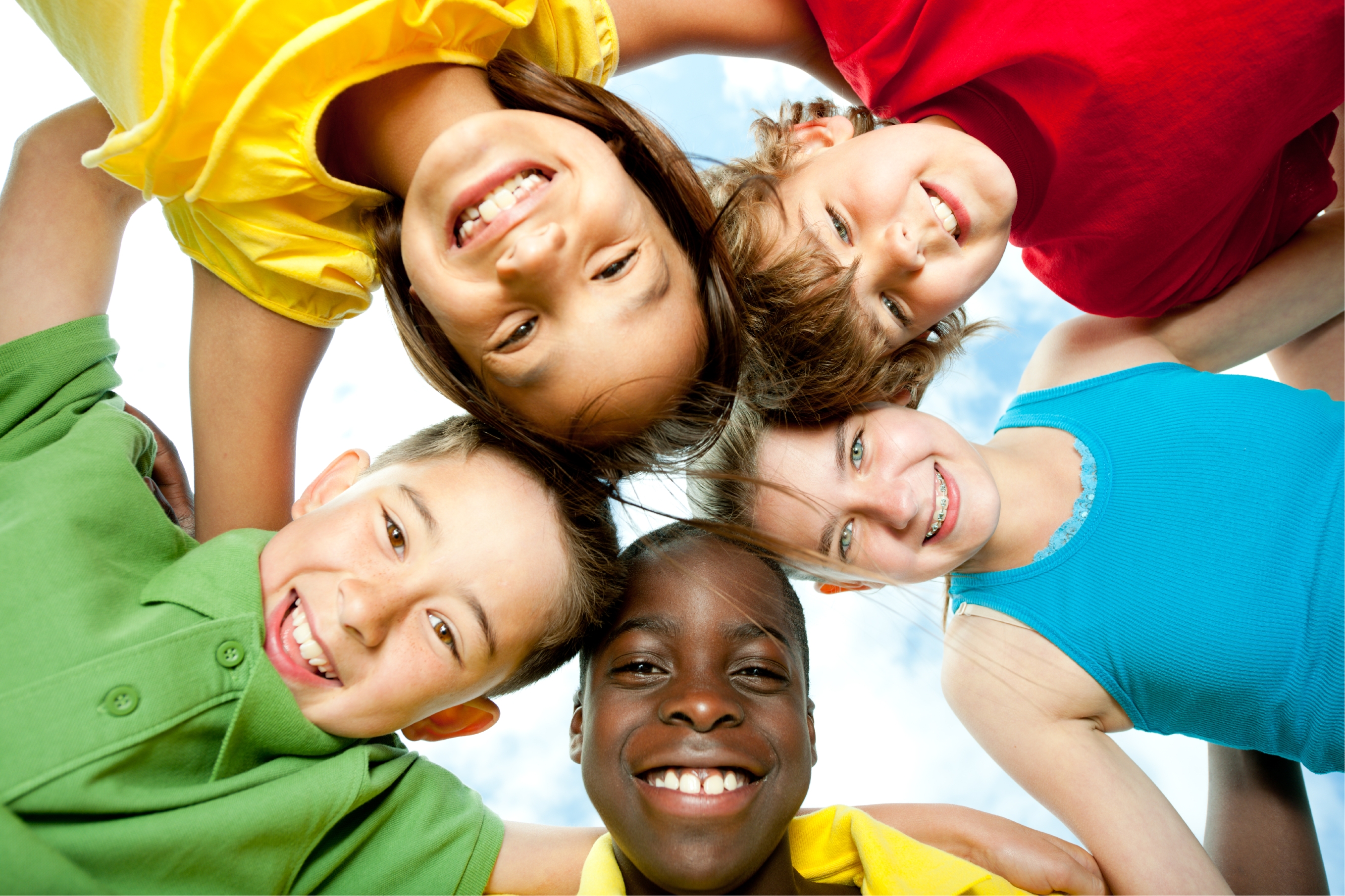 Trust us, you can’t miss it.
Trust us, you can’t miss it.

 We offer:
We offer: My education and background also includes early childhood special education. It’s incredibly rewarding being able to watch children learn and grow! Working with such a dedicated staff, wonderful families, and amazing children here at Creative Kids Learning Center is truly a pleasure.
My education and background also includes early childhood special education. It’s incredibly rewarding being able to watch children learn and grow! Working with such a dedicated staff, wonderful families, and amazing children here at Creative Kids Learning Center is truly a pleasure.  I have been a teacher, Infant/Toddler Director, and Center Director. I love to watch these amazing humans grow and learn and I am so fortunate to be a part of their lives!
I have been a teacher, Infant/Toddler Director, and Center Director. I love to watch these amazing humans grow and learn and I am so fortunate to be a part of their lives!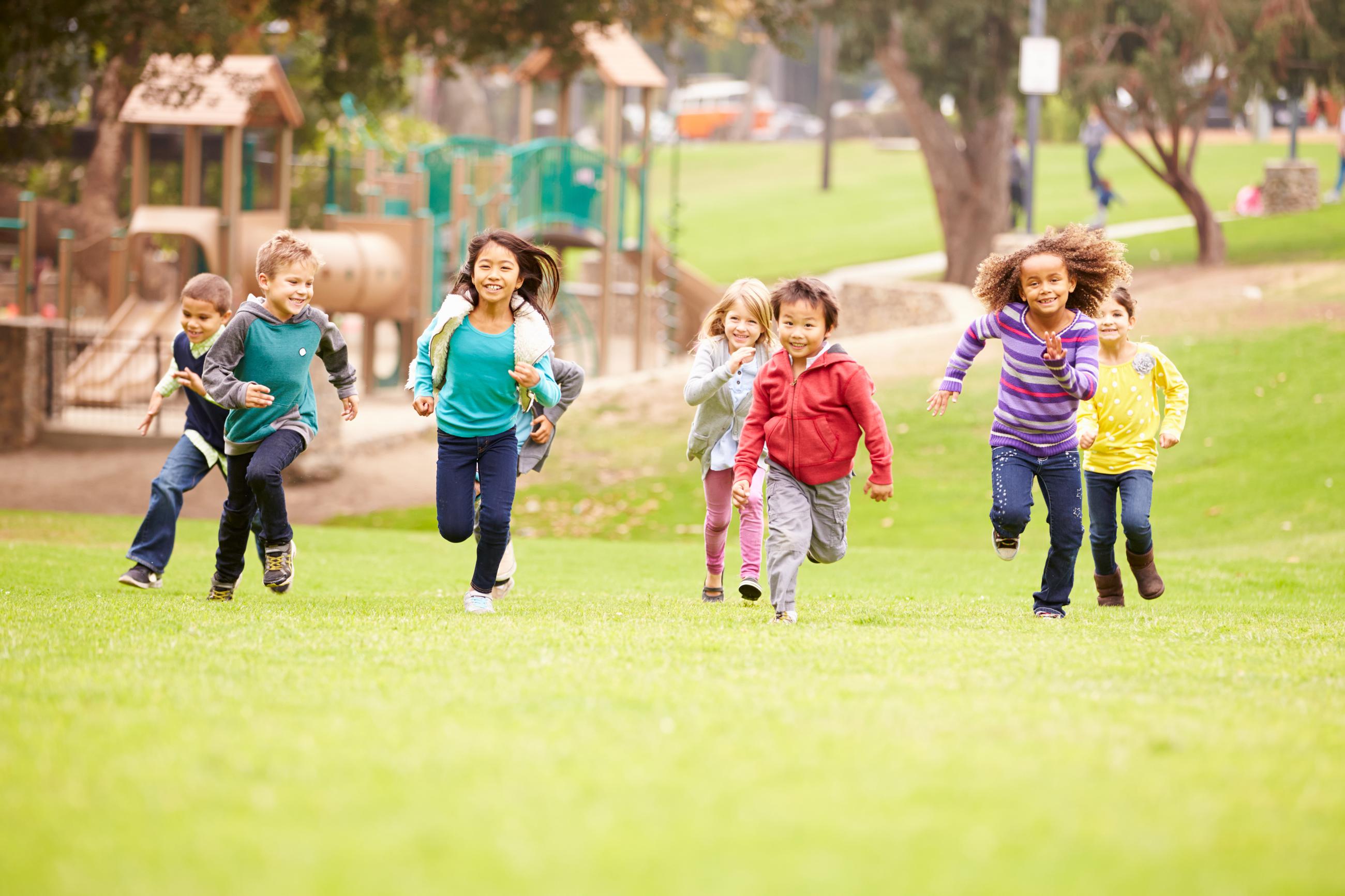
 The second side does not shine too bright, despite moderate property prices and a summer climate almost all year round. Why this happened – now we will find out.
The second side does not shine too bright, despite moderate property prices and a summer climate almost all year round. Why this happened – now we will find out. 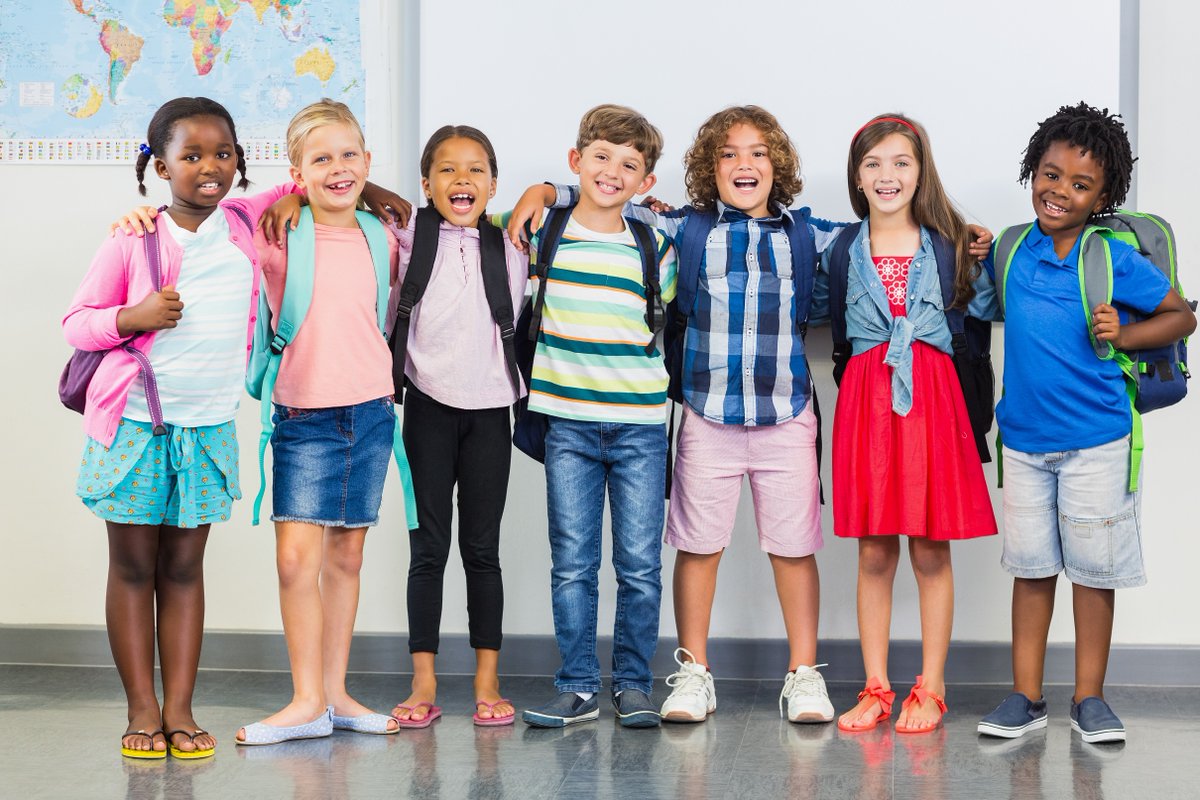 Pedestrians don’t actually go further than the Strip on the streets.
Pedestrians don’t actually go further than the Strip on the streets. 
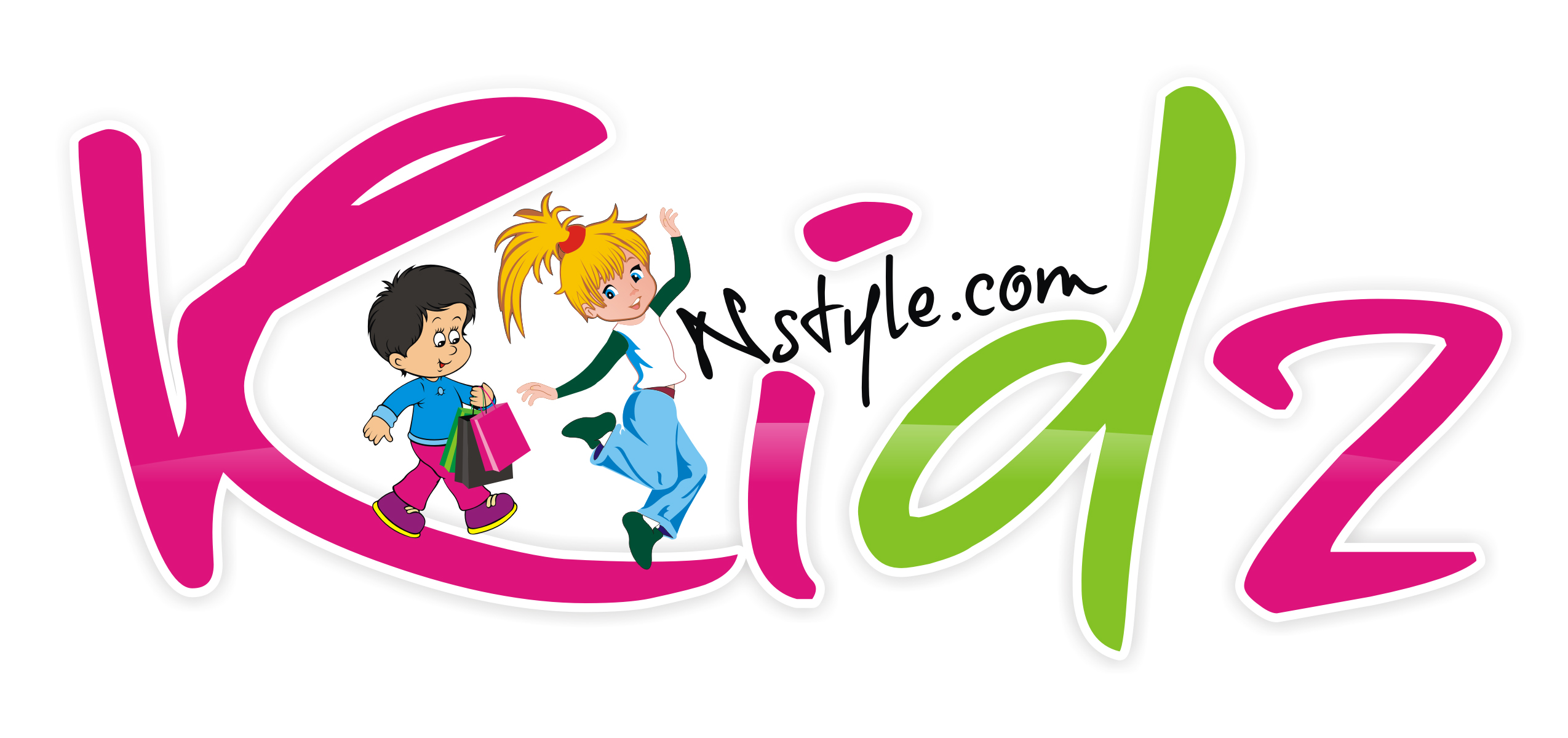 Maybe for other reasons – for example, because of the high unemployment rate.
Maybe for other reasons – for example, because of the high unemployment rate.  In a day or two they will leave here, and you will stay…
In a day or two they will leave here, and you will stay…  Coming here from a city like Huntington Beach, California would be like moving from a palace to a cardboard box, in terms of the spirit of freedom, entertainment and just life.”
Coming here from a city like Huntington Beach, California would be like moving from a palace to a cardboard box, in terms of the spirit of freedom, entertainment and just life.” 

 No wonder there are more gun crimes in Las Vegas than in Los Angeles.
No wonder there are more gun crimes in Las Vegas than in Los Angeles.  But if you are not a player, there is absolutely nothing for you to do here, especially if you have children. Everything is expensive on the Strip: shows, decent restaurants, attractions are designed for tourists who are willing to pay double the price. $8 for a beer, $13 for a glass of wine, $18 for two margaritas, $25 to $45 for a single buffet. from $70 to $100 for a ticket to the show.
But if you are not a player, there is absolutely nothing for you to do here, especially if you have children. Everything is expensive on the Strip: shows, decent restaurants, attractions are designed for tourists who are willing to pay double the price. $8 for a beer, $13 for a glass of wine, $18 for two margaritas, $25 to $45 for a single buffet. from $70 to $100 for a ticket to the show. 

 Our Kids R Kids environment is a safe place filled with love, growth, and discovery.
Our Kids R Kids environment is a safe place filled with love, growth, and discovery.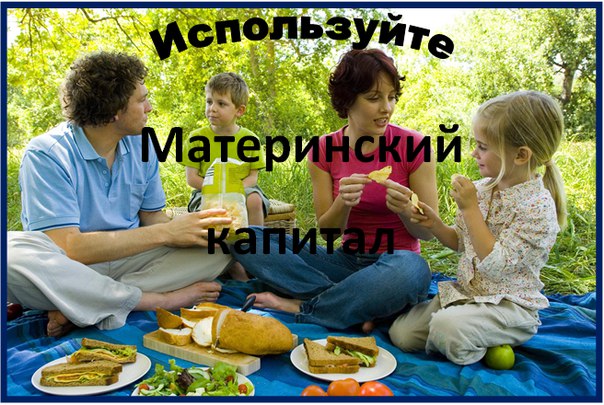
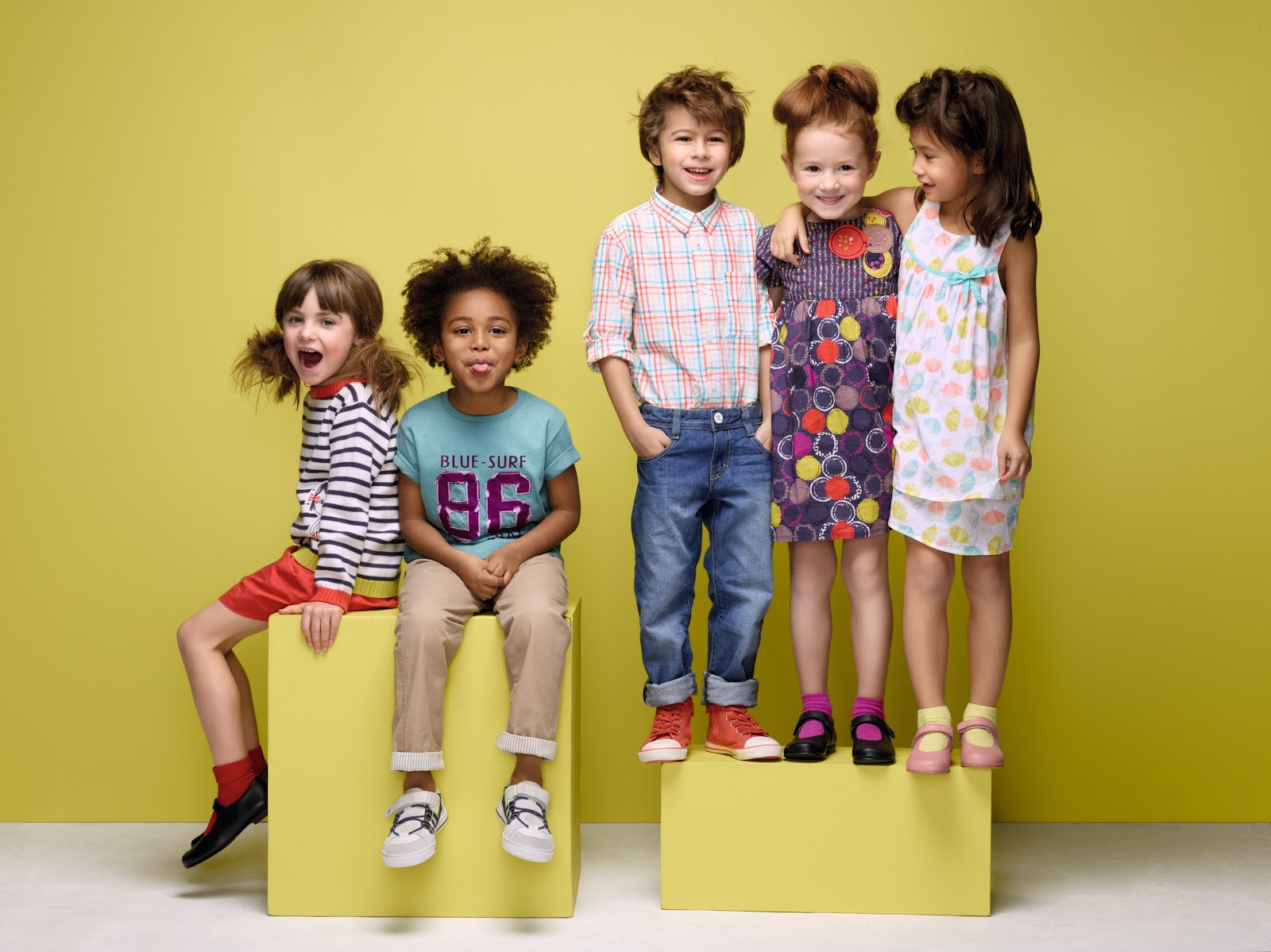 Ms. Shirley(sunshine) and Ms Denise are very helpful, caring, loving and supportive. The program that they have to offer before and after school is AWESOME! In the summer the kids go on so many field trips that on the weekends we are left with not much to do����! I would recommend Kids R Kids #8 as it is a great place for any child to “excel”. And it is very affordable����.
Ms. Shirley(sunshine) and Ms Denise are very helpful, caring, loving and supportive. The program that they have to offer before and after school is AWESOME! In the summer the kids go on so many field trips that on the weekends we are left with not much to do����! I would recommend Kids R Kids #8 as it is a great place for any child to “excel”. And it is very affordable����. During the school year, there is a homework club and my daughter’s homework is always done when I pick her up (such a blessing considering what a hectic after school/work schedule we have with sports!) The staff are always friendly and seem to really care about the kids. Wouldn’t take my daughter anywhere else!
During the school year, there is a homework club and my daughter’s homework is always done when I pick her up (such a blessing considering what a hectic after school/work schedule we have with sports!) The staff are always friendly and seem to really care about the kids. Wouldn’t take my daughter anywhere else!

 kidsrkids.com
kidsrkids.com com
com

 In the end, the guy got what he wanted. Tom Hardy has a great job, wife and happy kids.
In the end, the guy got what he wanted. Tom Hardy has a great job, wife and happy kids.  Hardy’s term was not awarded, as the father made a very good fuss.
Hardy’s term was not awarded, as the father made a very good fuss.  His health and life were in great danger, which was avoided thanks to the support of loved ones. The people who brought him out of the crisis turned out to be his parents, against whom he had so ardently rebelled since his teenage years.
His health and life were in great danger, which was avoided thanks to the support of loved ones. The people who brought him out of the crisis turned out to be his parents, against whom he had so ardently rebelled since his teenage years. 
 Colleagues starred together in the crime drama “Obshchak”.
Colleagues starred together in the crime drama “Obshchak”. 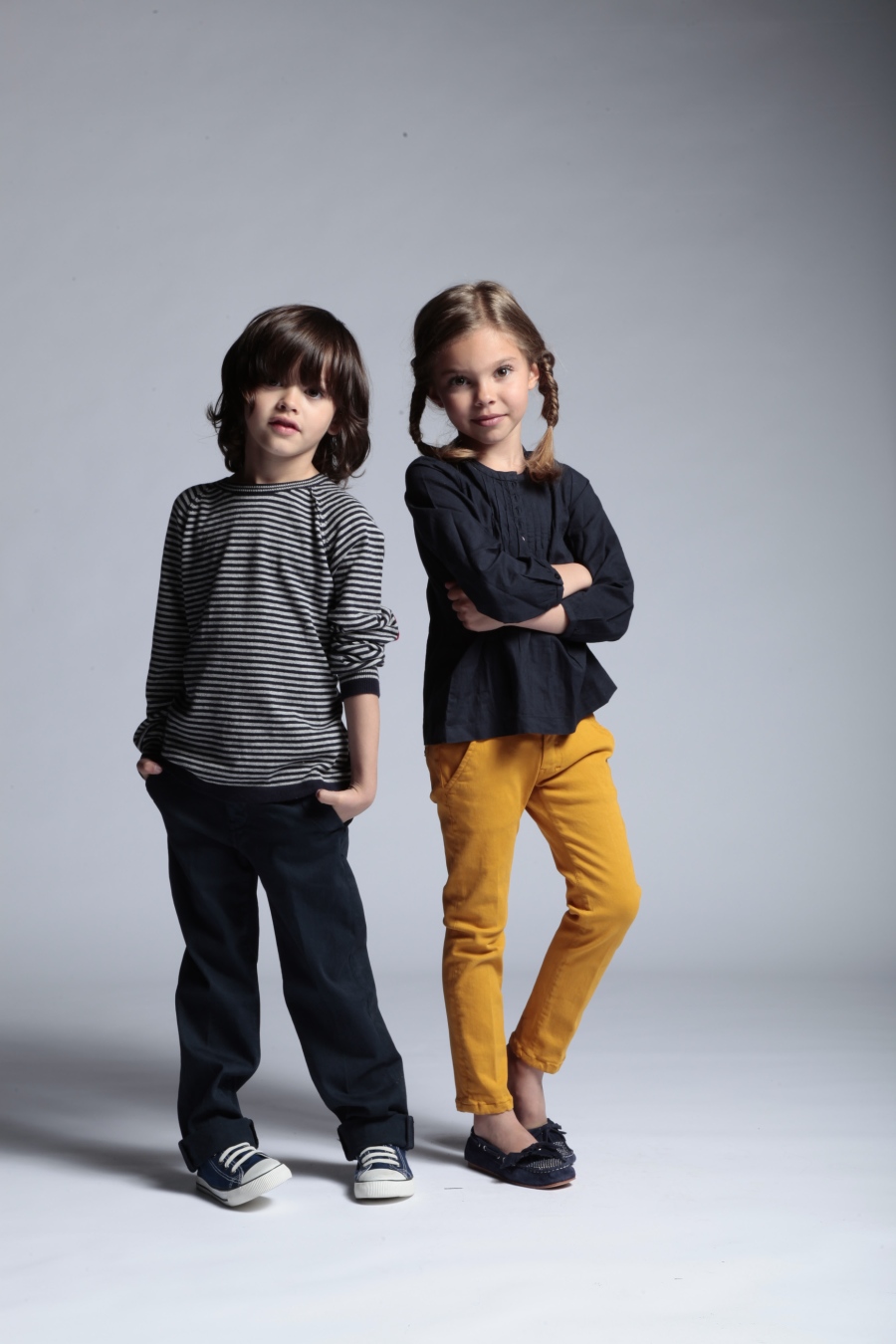 Tom did not comment on this news.
Tom did not comment on this news.  After filming, the director became friends with Thomas. They often drank together.
After filming, the director became friends with Thomas. They often drank together.  The role of Eddie Brock was perfect for the actor.
The role of Eddie Brock was perfect for the actor.  But they all frighten him very much, because, according to the actor, he met bad people, being a drug addict. After the success of The Dark Knight, Hardy is invited to another cult role that once made Mel Gibson himself mega-popular – the role of Mad Max! The actor personally asked his predecessor for blessings for the role – he was not against it at all! The partner in the film was Charlize Theron.
But they all frighten him very much, because, according to the actor, he met bad people, being a drug addict. After the success of The Dark Knight, Hardy is invited to another cult role that once made Mel Gibson himself mega-popular – the role of Mad Max! The actor personally asked his predecessor for blessings for the role – he was not against it at all! The partner in the film was Charlize Theron. 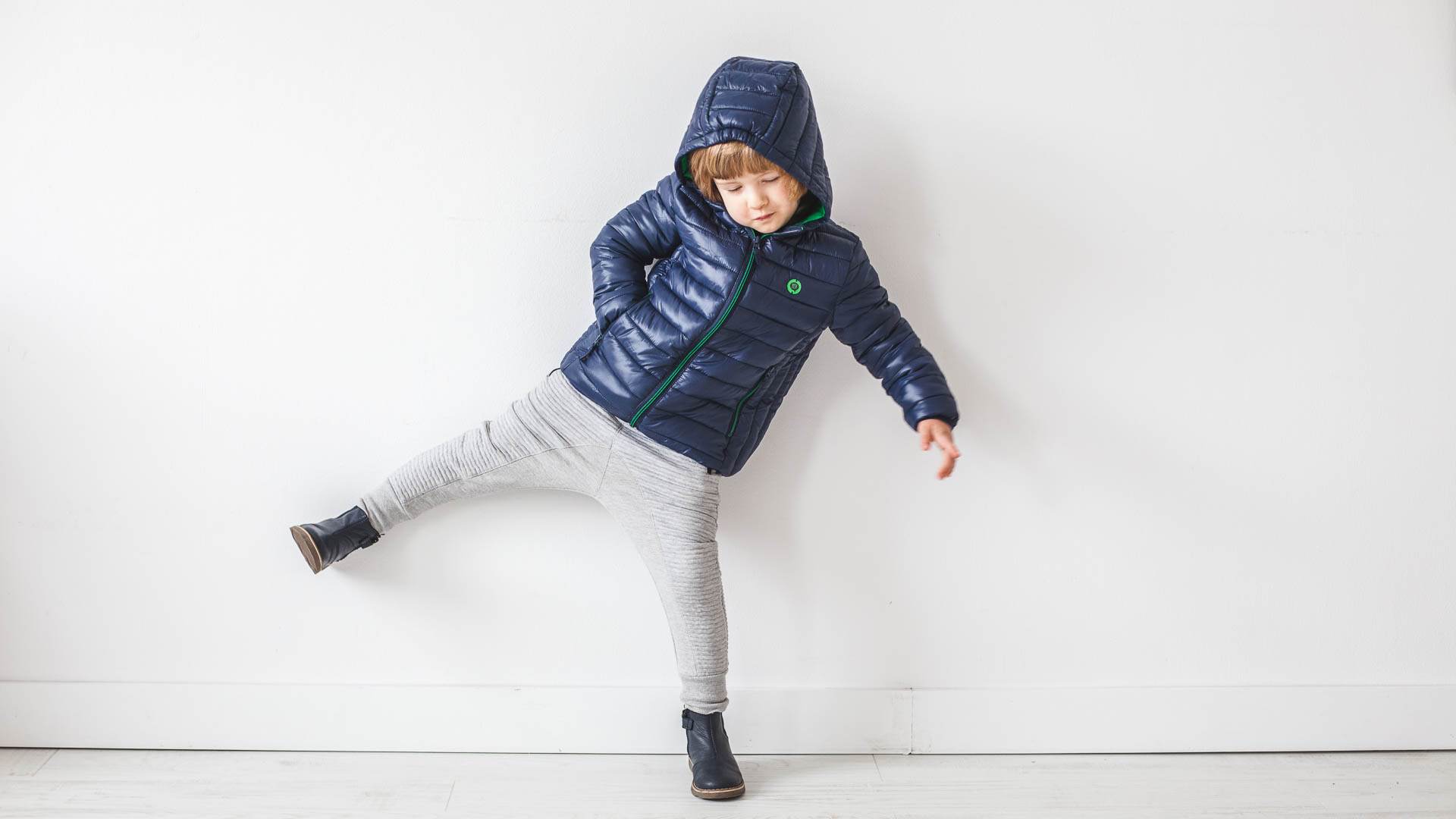 9Tom Hardy Private life of Tom Hardy
9Tom Hardy Private life of Tom Hardy
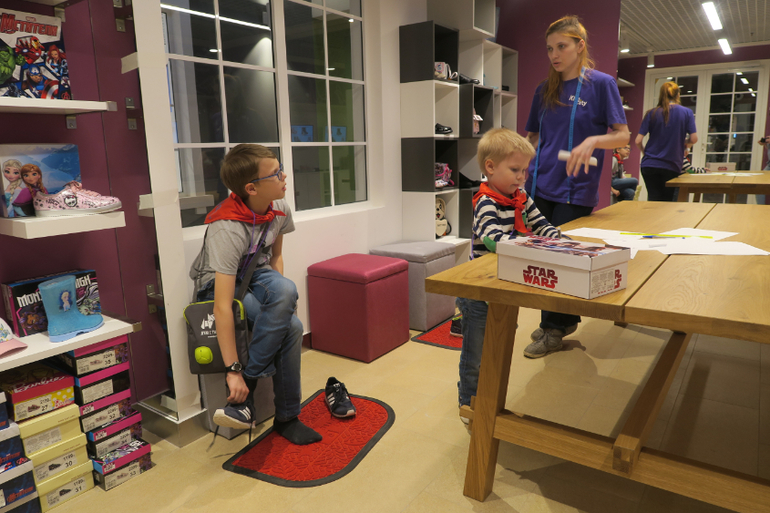 The boy tried not to refuse anything, he had expensive toys, a bicycle, books and music records.
The boy tried not to refuse anything, he had expensive toys, a bicycle, books and music records.  By the age of 15, the young man got his first tattoo, and because of his rampant behavior, he was expelled from the educational institution.
By the age of 15, the young man got his first tattoo, and because of his rampant behavior, he was expelled from the educational institution.  Then there were secondary roles in such films as Star Trek. Retribution”, “Day of Reckoning”.
Then there were secondary roles in such films as Star Trek. Retribution”, “Day of Reckoning”.  For the sake of the main role of the serial maniac Chester Bronson in the film of the same name, he had to get better and grow a mustache. A few months later, he was invited to star in the film “Rock and Roll” directed by Guy Ritchie. It should be noted that the actor got a rather unusual character, he played a gay bandit. At the end of this project, Hardy became friends with Guy Ritchie.
For the sake of the main role of the serial maniac Chester Bronson in the film of the same name, he had to get better and grow a mustache. A few months later, he was invited to star in the film “Rock and Roll” directed by Guy Ritchie. It should be noted that the actor got a rather unusual character, he played a gay bandit. At the end of this project, Hardy became friends with Guy Ritchie. 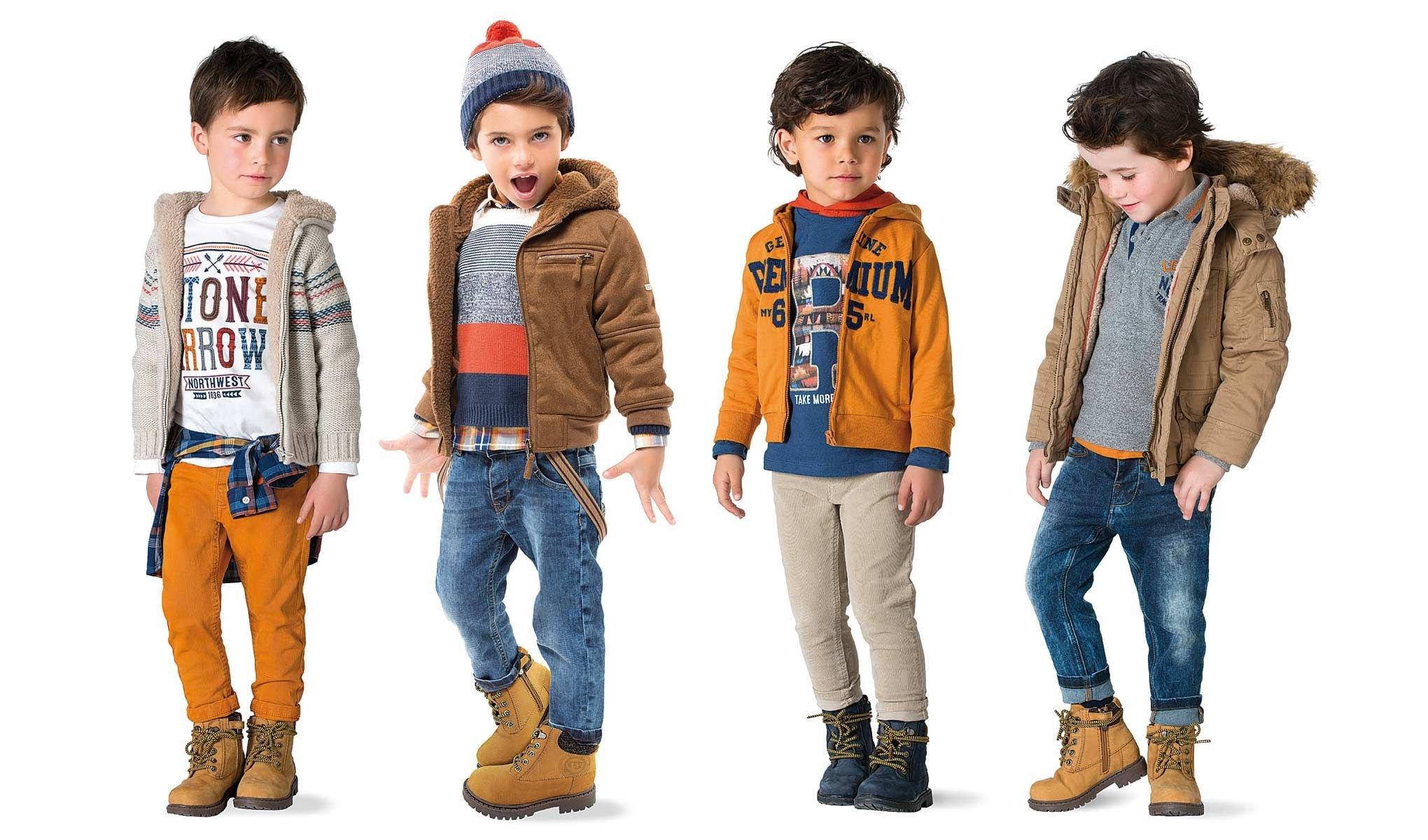 Tom managed to successfully cope with the roles of the mafia brothers, which he played simultaneously in the film called “Legend”. He managed to bring to life two different images, which is very admirable.
Tom managed to successfully cope with the roles of the mafia brothers, which he played simultaneously in the film called “Legend”. He managed to bring to life two different images, which is very admirable.  After a vivid romance that lasted three weeks, the young people got married. But dependence on drugs and a riotous lifestyle caused numerous scandals between spouses.
After a vivid romance that lasted three weeks, the young people got married. But dependence on drugs and a riotous lifestyle caused numerous scandals between spouses. 

 We look forward to hearing from you and having you part of the experience.
We look forward to hearing from you and having you part of the experience.  com has not verified this business license.
com has not verified this business license.
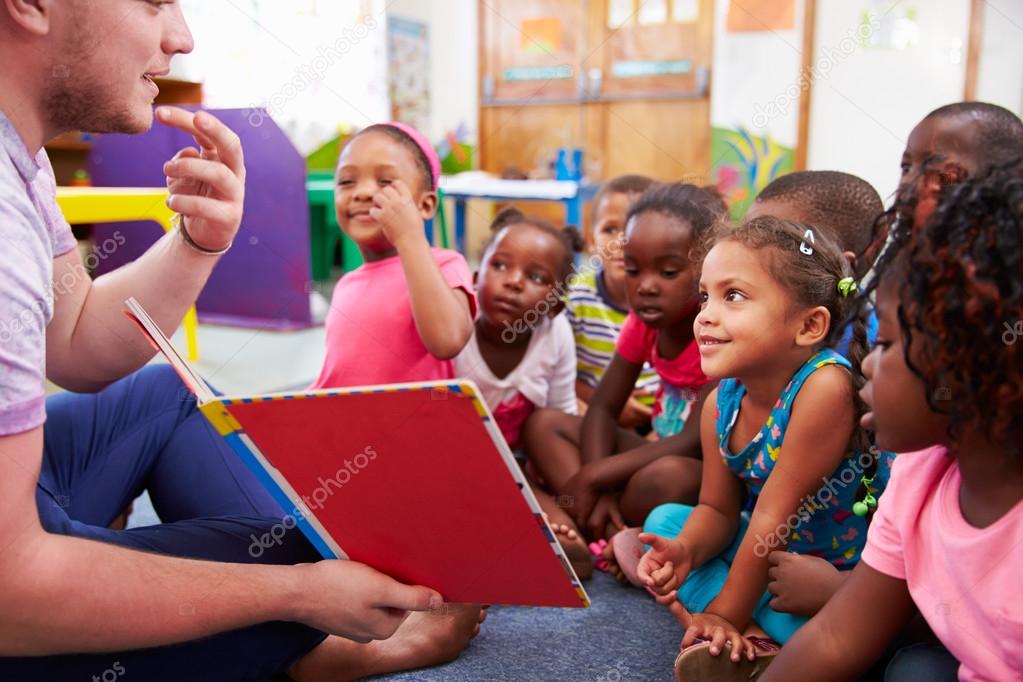 At our home daycare, our goal is to help children learn important social, emotional, and behavioral skills that ensure they reach their developmental milestones. We focus on a variety of Project-based and Developmental Play-based activities to offer a diverse education which fosters a love of learning. We are open from 6:00 am to 6:00 pm, and offer care on Monday through Saturday. We are proud to offer language programs in Arabic and Spanish to support bilingual families or any family interested in exposing their child to a culturally diverse space. Availability is limited, so contact us today to learn more and schedule a tour!
At our home daycare, our goal is to help children learn important social, emotional, and behavioral skills that ensure they reach their developmental milestones. We focus on a variety of Project-based and Developmental Play-based activities to offer a diverse education which fosters a love of learning. We are open from 6:00 am to 6:00 pm, and offer care on Monday through Saturday. We are proud to offer language programs in Arabic and Spanish to support bilingual families or any family interested in exposing their child to a culturally diverse space. Availability is limited, so contact us today to learn more and schedule a tour!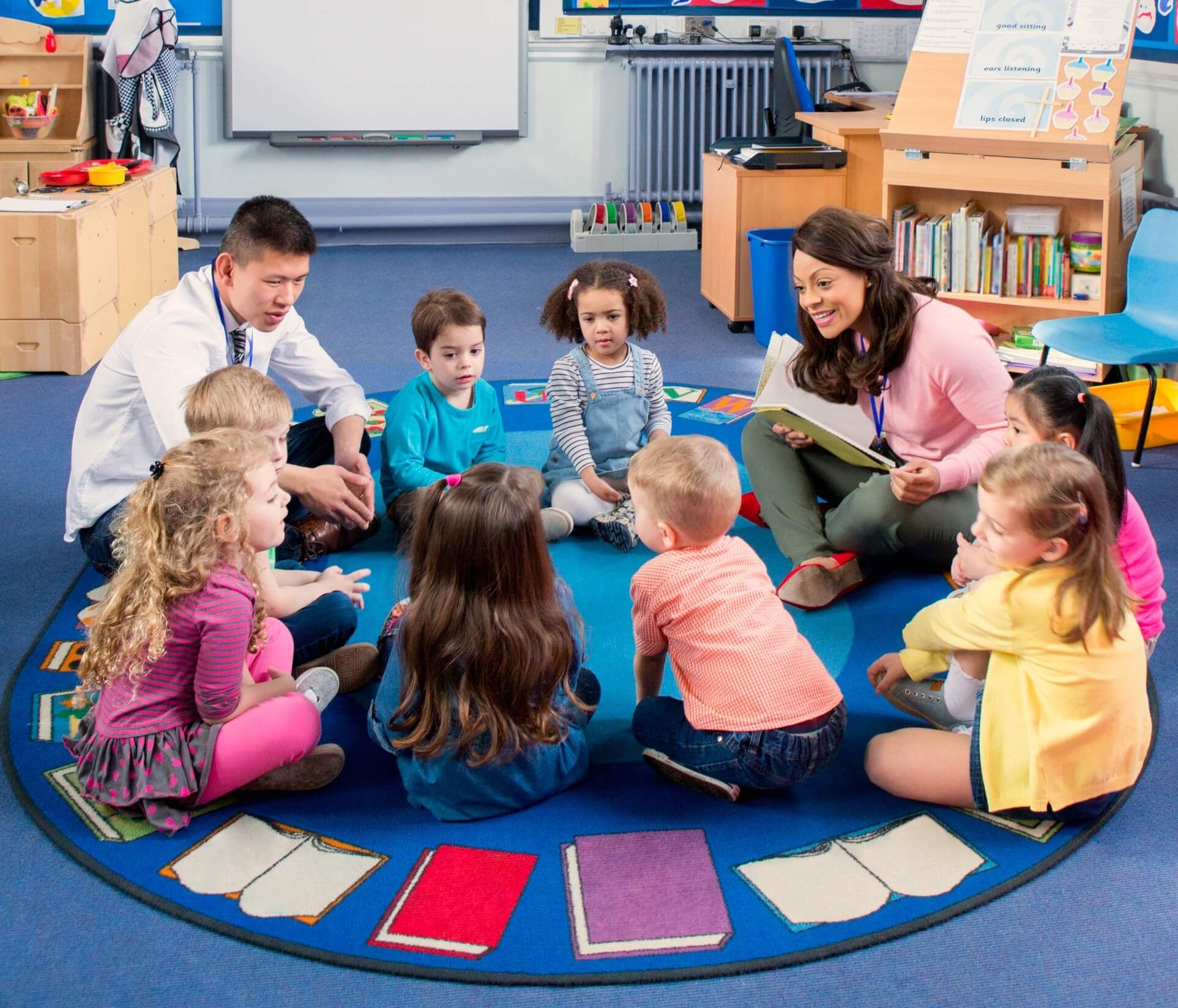
 For your convenience and safety, our home includes a driveway for parking and a gated entrance. We also have dedicated areas for learning and activities that include a backyard, a nap room, an art area, and a reading area.
For your convenience and safety, our home includes a driveway for parking and a gated entrance. We also have dedicated areas for learning and activities that include a backyard, a nap room, an art area, and a reading area. We have been operating since 2008. We use our experience and knowledge to ensure that the kids grow and develop successfully, learning something new every day. In our work, we use modern developmental techniques, which allows the child not only to prepare for school, but also to develop creatively – to sing, play music, dance, participate in theatrical productions. Teachers and educators of our Center have higher pedagogical education. Our children pronounce their first words in English, visit the puppet theater, actively participate in memorable matinees and (even!) the city children’s carnival. Our first graduates are already successfully studying in the middle classes of the school. The work of the children’s developing center “Children of the Future” was awarded the gold medal of the Interregional Competition “The Best Goods and Services of Siberia – GEMMA”.
We have been operating since 2008. We use our experience and knowledge to ensure that the kids grow and develop successfully, learning something new every day. In our work, we use modern developmental techniques, which allows the child not only to prepare for school, but also to develop creatively – to sing, play music, dance, participate in theatrical productions. Teachers and educators of our Center have higher pedagogical education. Our children pronounce their first words in English, visit the puppet theater, actively participate in memorable matinees and (even!) the city children’s carnival. Our first graduates are already successfully studying in the middle classes of the school. The work of the children’s developing center “Children of the Future” was awarded the gold medal of the Interregional Competition “The Best Goods and Services of Siberia – GEMMA”.  Convenient check-in from Aviators Street when moving towards the Oktyabrsky Bridge. Each child is allocated their own locker, crib and all the necessary accessories for staying in kindergarten – for hygiene, eating, etc. We have four meals a day, planned according to a ten-day menu, in accordance with the requirements of sanitary rules and regulations (SanPiN). Prepared food is brought by a certified food factory. We accept children, both privately and under a municipal contract concluded for 2.5 years. In order for your child’s stay in our Center to be comfortable and safe, please read our terms and conditions.
Convenient check-in from Aviators Street when moving towards the Oktyabrsky Bridge. Each child is allocated their own locker, crib and all the necessary accessories for staying in kindergarten – for hygiene, eating, etc. We have four meals a day, planned according to a ten-day menu, in accordance with the requirements of sanitary rules and regulations (SanPiN). Prepared food is brought by a certified food factory. We accept children, both privately and under a municipal contract concluded for 2.5 years. In order for your child’s stay in our Center to be comfortable and safe, please read our terms and conditions.  00 to 14.00, we are presenting a new branch in the Myasokombinat microdistrict at Norilskaya, 8B.
00 to 14.00, we are presenting a new branch in the Myasokombinat microdistrict at Norilskaya, 8B.  .. It’s time to talk about you personally! Tell about yourself?
.. It’s time to talk about you personally! Tell about yourself? 
 In this project, GlobalLab participants will share information about their educational institutions with each other.
In this project, GlobalLab participants will share information about their educational institutions with each other. 


 K123456789101112
K123456789101112:strip_icc()/homeware_wonders-e32c74578c6d4b36a065f6894396e73c.png) Share your information with nearby schools on our site and let them send you brochures.
Share your information with nearby schools on our site and let them send you brochures. ..
.. A. EAST REGIONAL OFFICE
A. EAST REGIONAL OFFICE Examples include faulty medical record keeping and lack of adequate staff training.
Examples include faulty medical record keeping and lack of adequate staff training. us does not actively screen or monitor user reviews, nor do we verify or edit content. Reviews reflect
us does not actively screen or monitor user reviews, nor do we verify or edit content. Reviews reflect In appearance, it resembles the human brain. And by the way, it is extremely useful “for the head.” The composition of this product is a whole complex of valuable macro- and microelements, vitamins, proteins and vegetable fats. And in order to get the maximum benefit without harm to health, you need to consume walnuts in moderation. We talk about the most important points in the article.
In appearance, it resembles the human brain. And by the way, it is extremely useful “for the head.” The composition of this product is a whole complex of valuable macro- and microelements, vitamins, proteins and vegetable fats. And in order to get the maximum benefit without harm to health, you need to consume walnuts in moderation. We talk about the most important points in the article.  And the common people could not eat them. The Latin name translates as “royal acorn”.
And the common people could not eat them. The Latin name translates as “royal acorn”. 
 These nuts can also be eaten with diabetes, as this product has a low glycemic index and does not increase blood sugar levels. Magnesium also has a positive effect on the state of the genitourinary system and has a diuretic effect, which is indicated for congestion.
These nuts can also be eaten with diabetes, as this product has a low glycemic index and does not increase blood sugar levels. Magnesium also has a positive effect on the state of the genitourinary system and has a diuretic effect, which is indicated for congestion.  If there was a loss of blood (surgery, menstruation, childbirth), with periodic pain and menstrual irregularities, it is recommended to eat nuts.
If there was a loss of blood (surgery, menstruation, childbirth), with periodic pain and menstrual irregularities, it is recommended to eat nuts.  And omega-3 polyunsaturated fatty acids nourish the brain, which is why the child learns and remembers information better.
And omega-3 polyunsaturated fatty acids nourish the brain, which is why the child learns and remembers information better.  Partitions of nuts are insisted and used as an anti-inflammatory agent.
Partitions of nuts are insisted and used as an anti-inflammatory agent.  Grate beets and garlic on a fine grater. Chop the nuts with a knife. Mix, salt and season with sour cream.
Grate beets and garlic on a fine grater. Chop the nuts with a knife. Mix, salt and season with sour cream. 
 It contains vitamins of group B, vitamins E, K, minerals: zinc, calcium, phosphorus, potassium, magnesium, polyunsaturated fatty acids, as well as coenzyme Q10 – an antioxidant and immunomodulator. Cold-pressed walnut oil is used in clinical nutrition for diseases of the gastrointestinal tract and the nervous system, as well as in cosmetology.
It contains vitamins of group B, vitamins E, K, minerals: zinc, calcium, phosphorus, potassium, magnesium, polyunsaturated fatty acids, as well as coenzyme Q10 – an antioxidant and immunomodulator. Cold-pressed walnut oil is used in clinical nutrition for diseases of the gastrointestinal tract and the nervous system, as well as in cosmetology. 
 )
) 
 They are recommended for use with a lack of vitamins and iron in the body, with anemia and a lack of milk in nursing mothers, as a remedy for fatigue and exhaustion. They lower cholesterol levels and have a mild diuretic effect.
They are recommended for use with a lack of vitamins and iron in the body, with anemia and a lack of milk in nursing mothers, as a remedy for fatigue and exhaustion. They lower cholesterol levels and have a mild diuretic effect. 